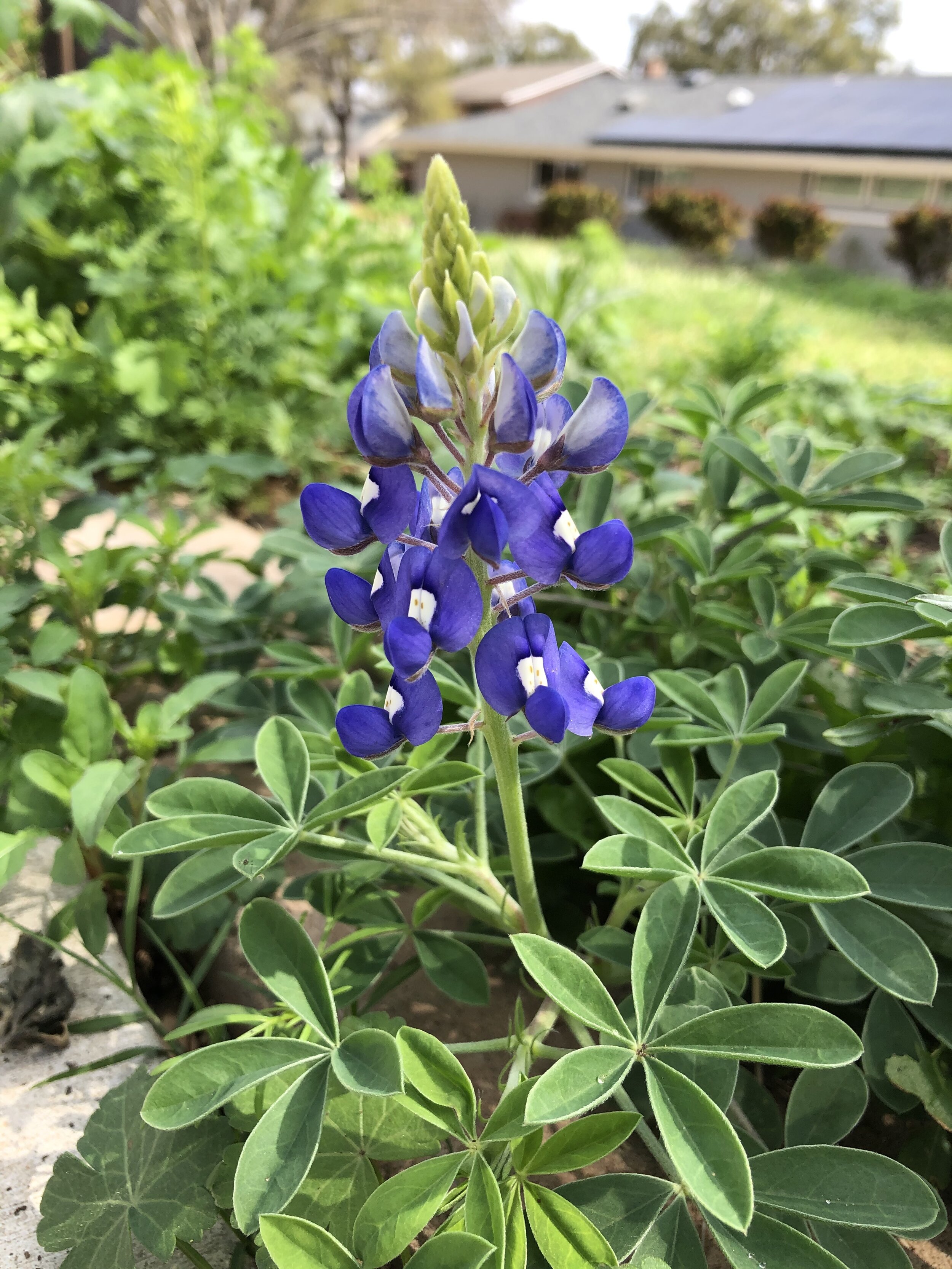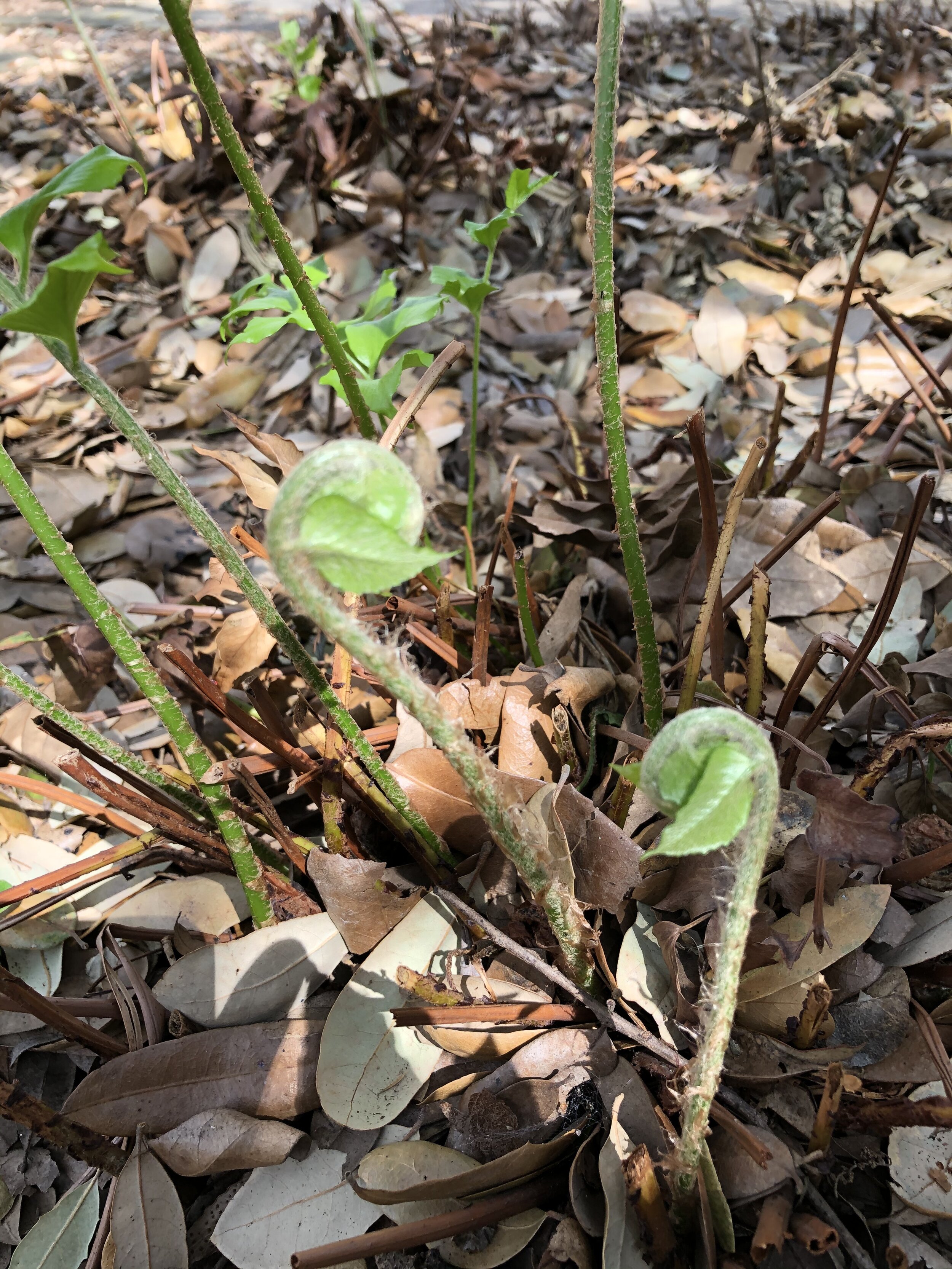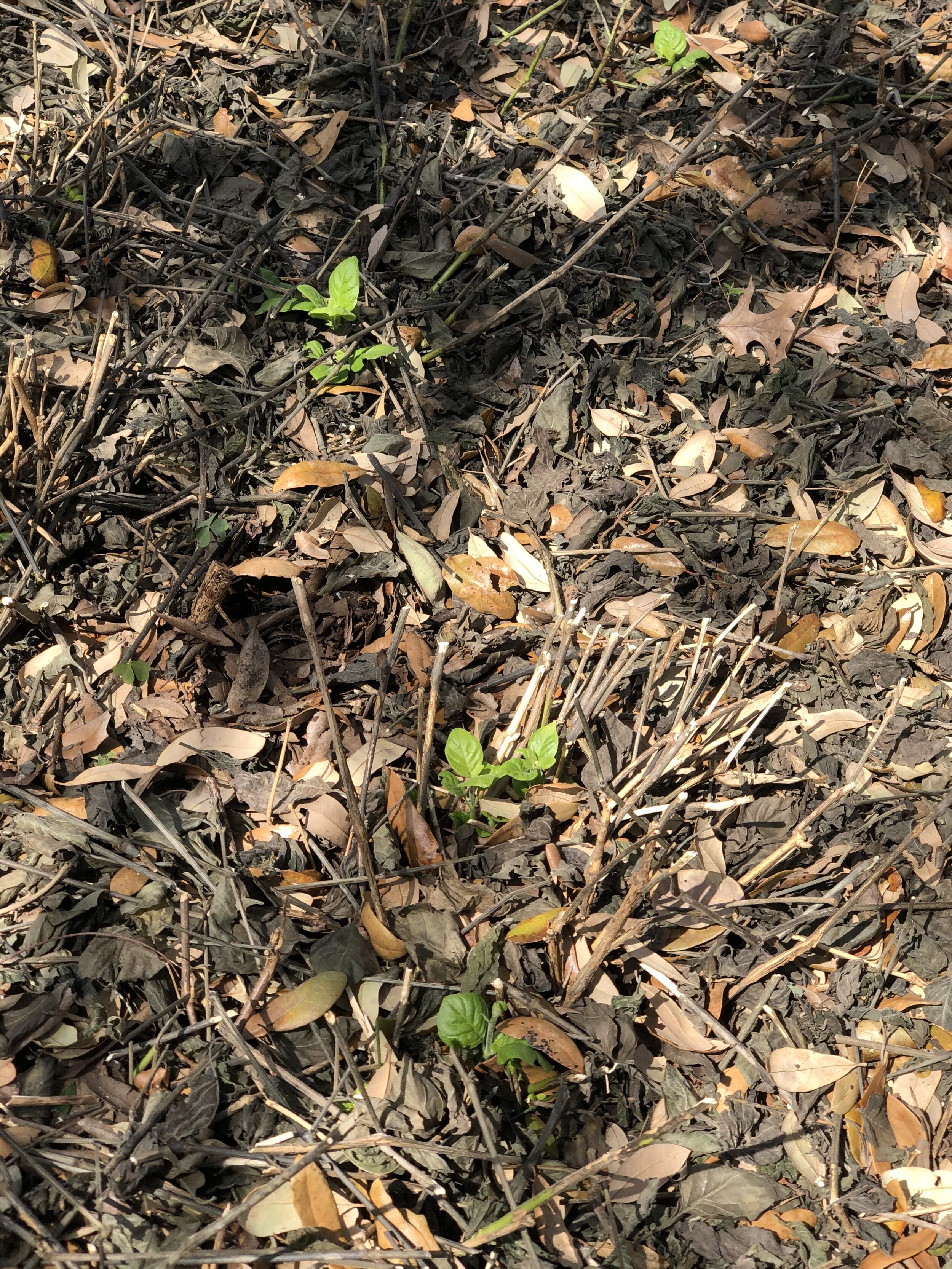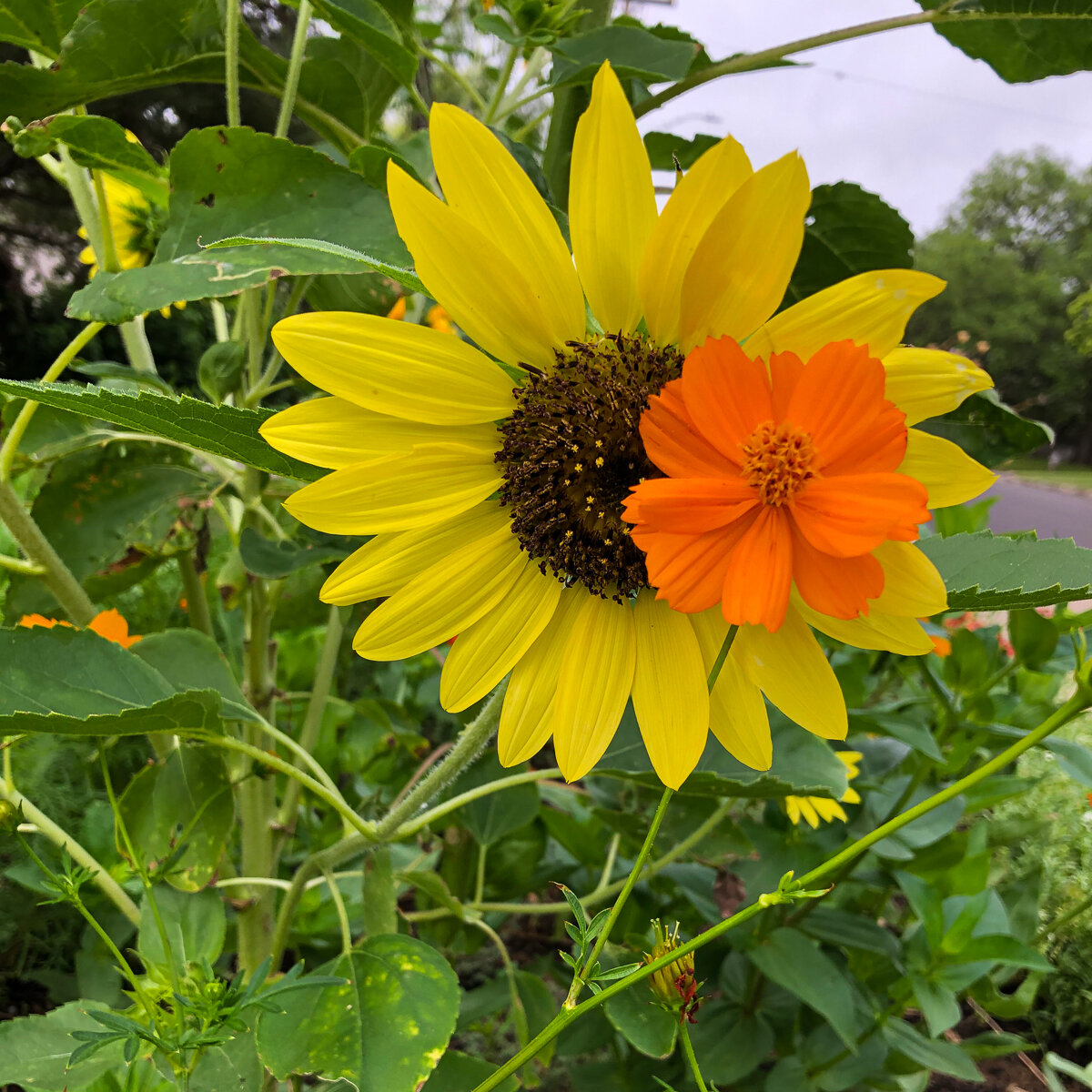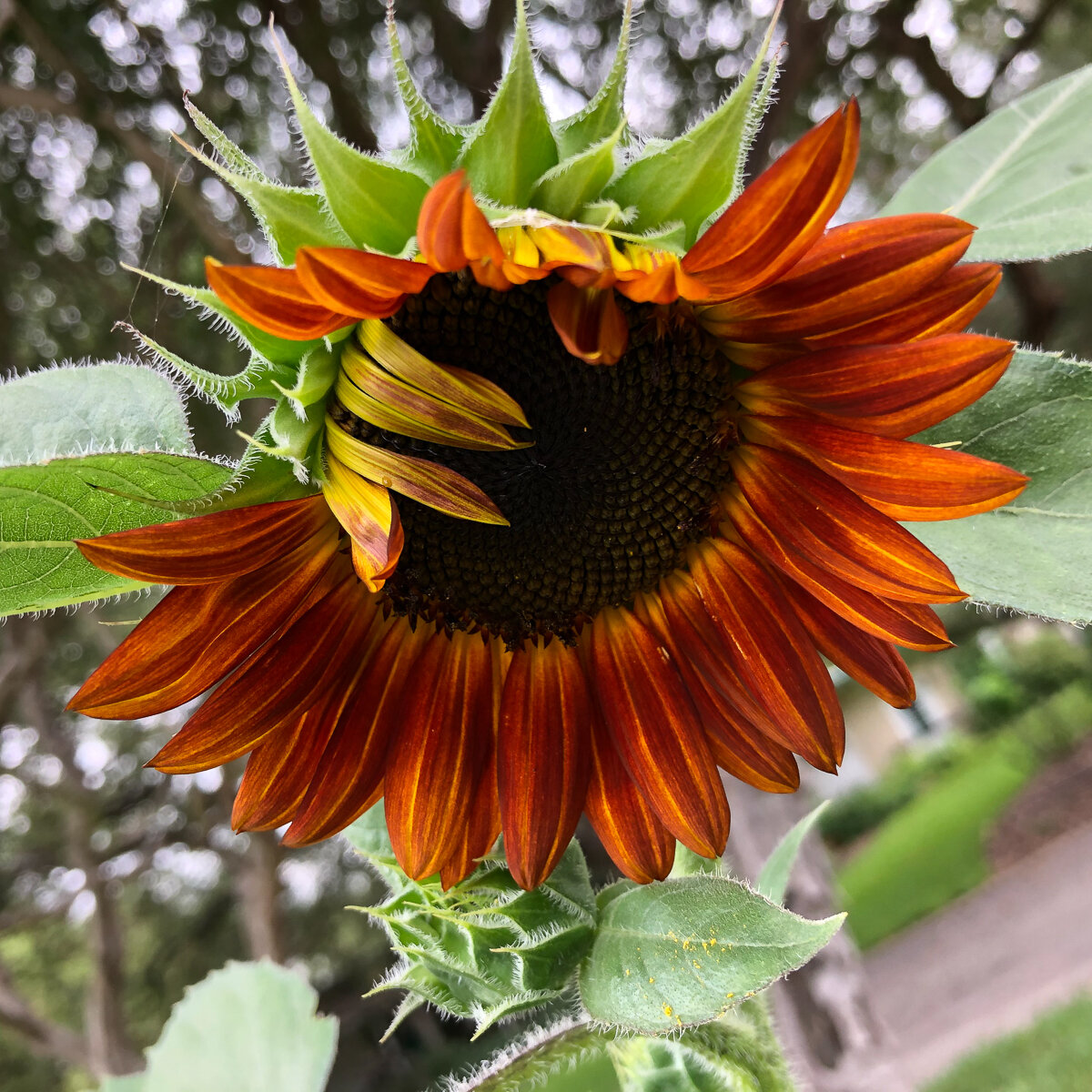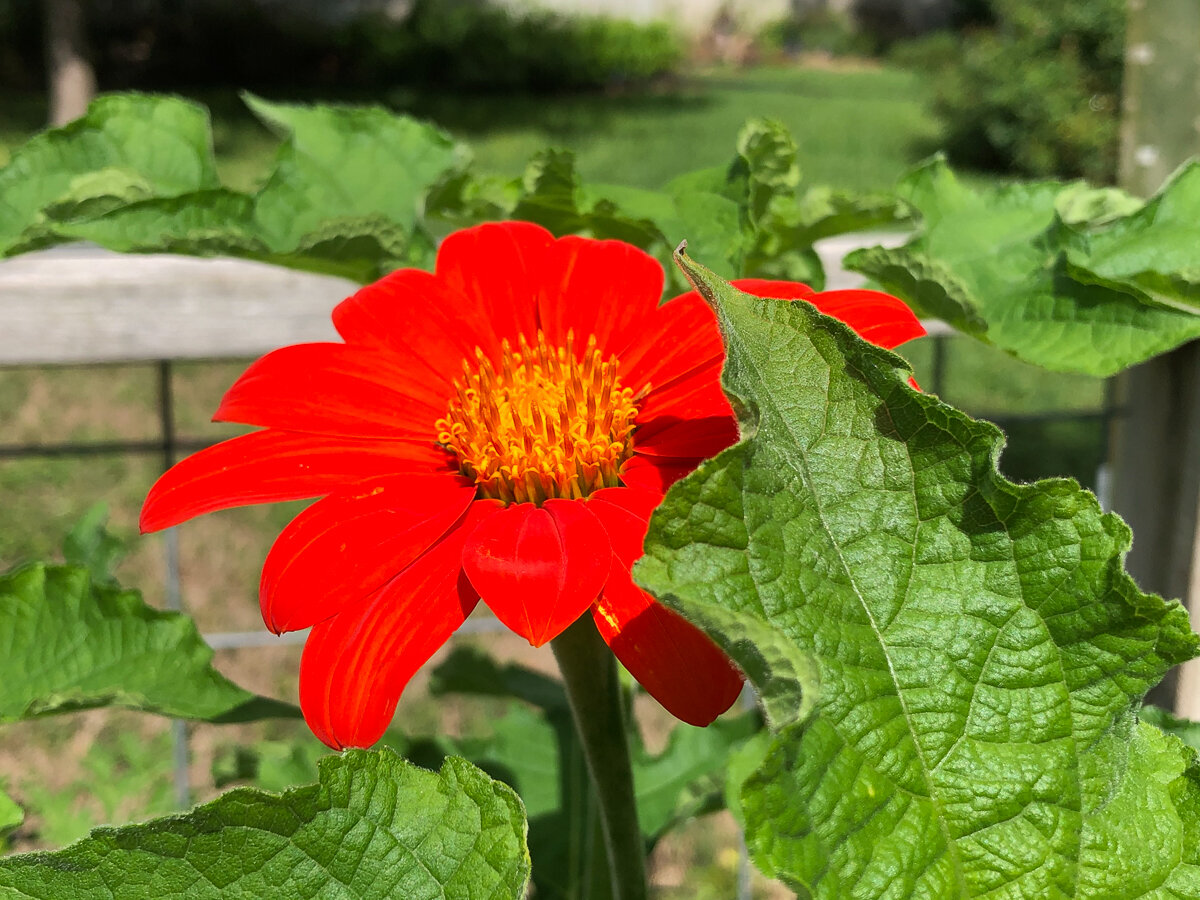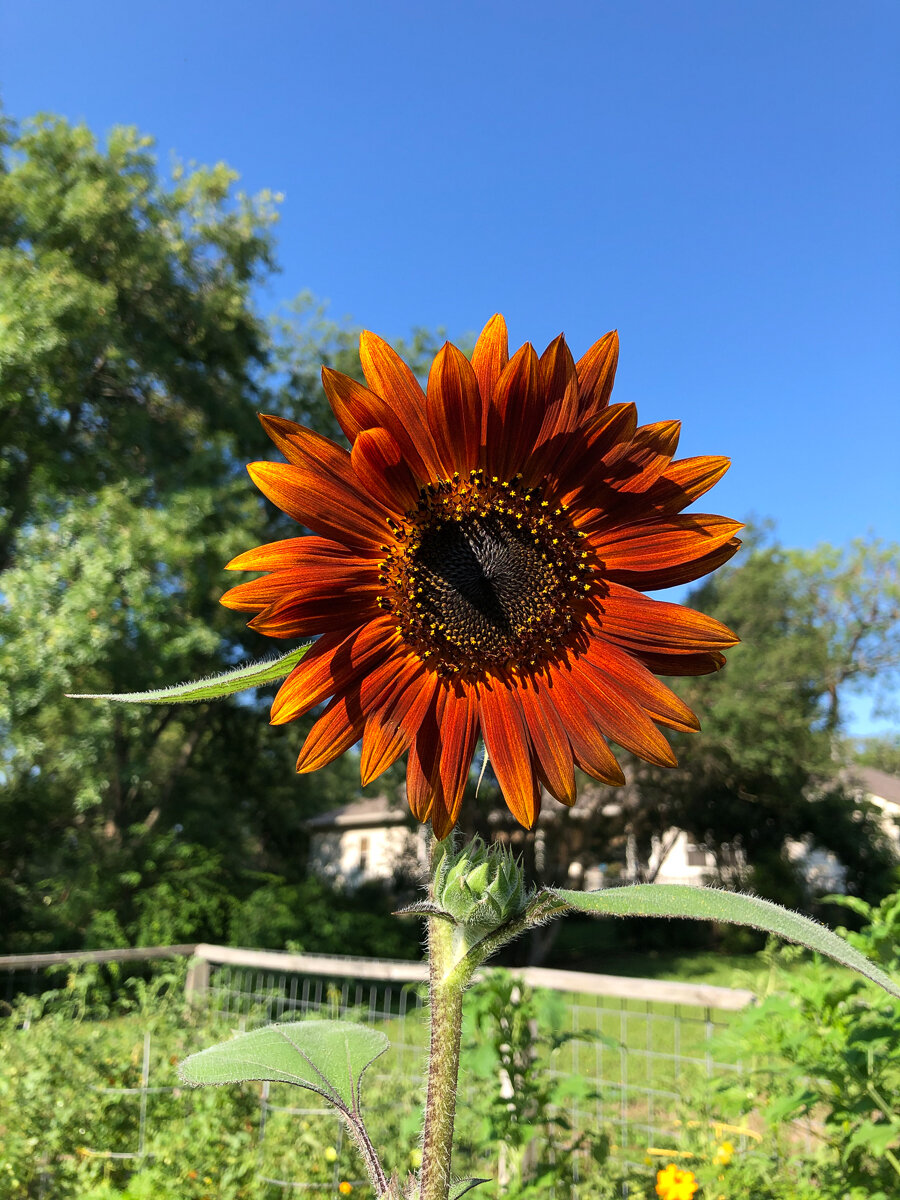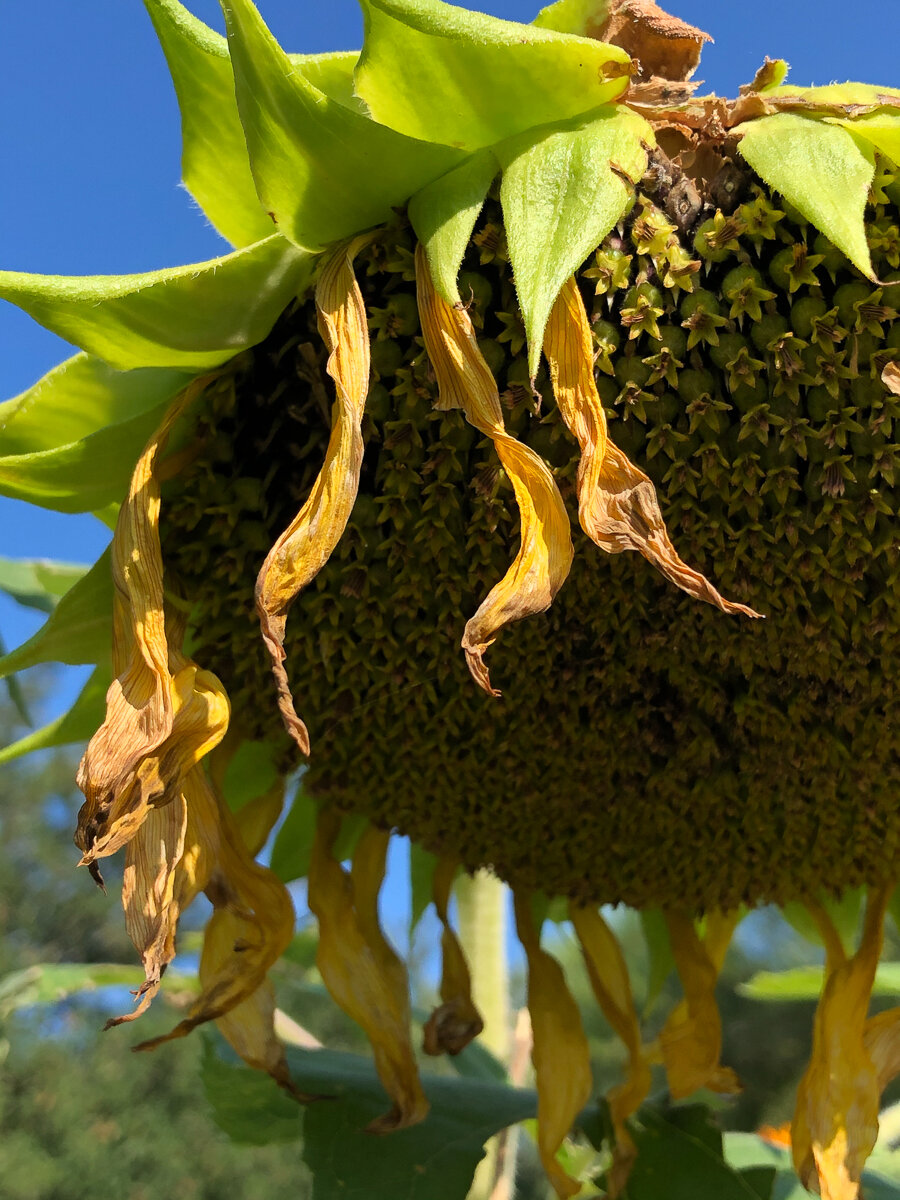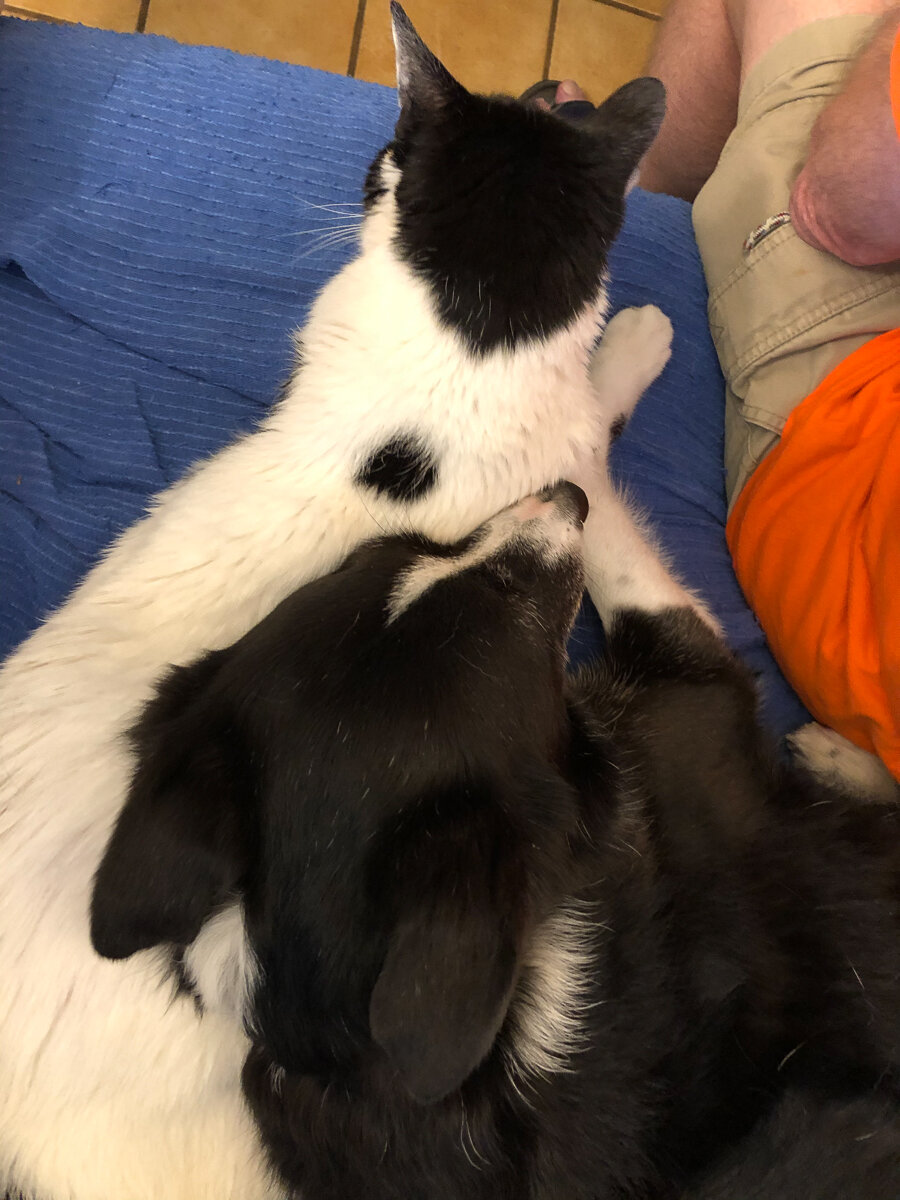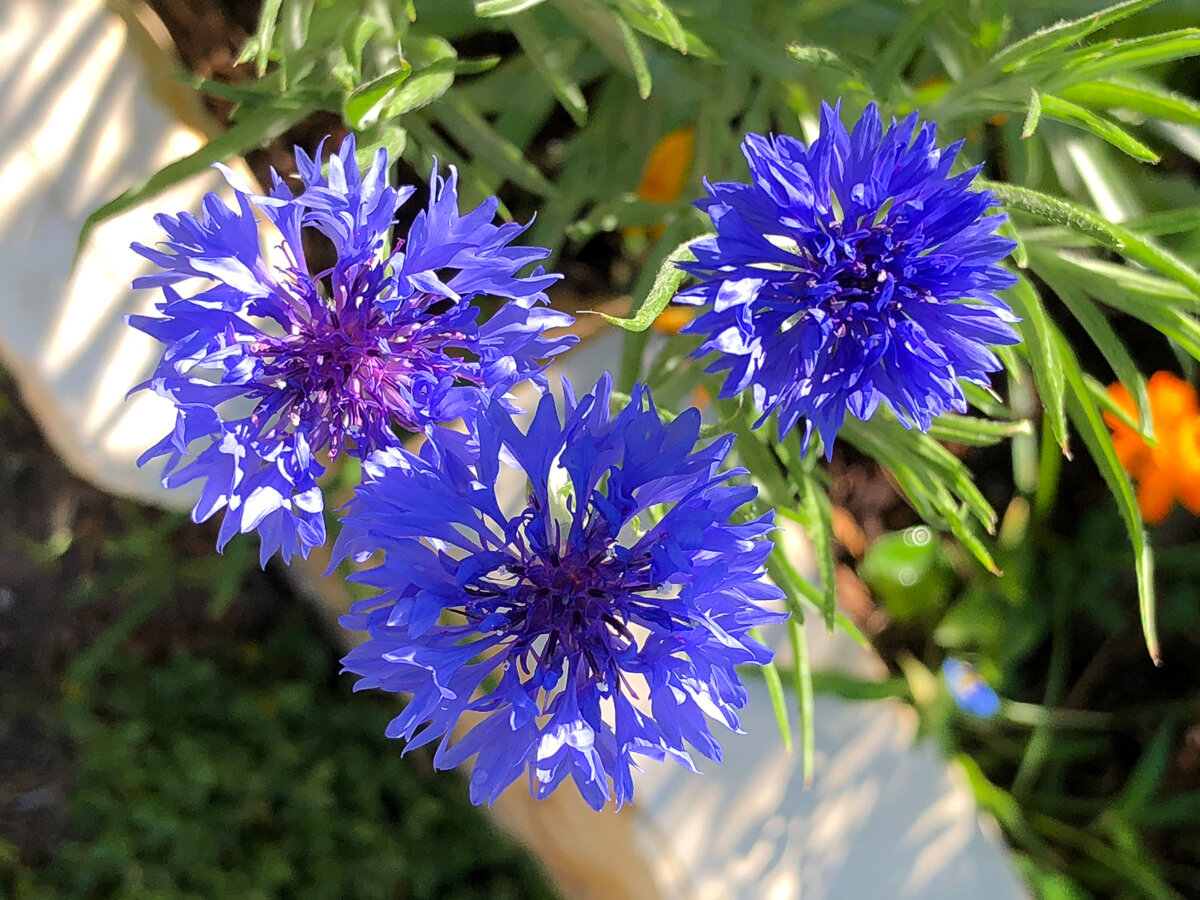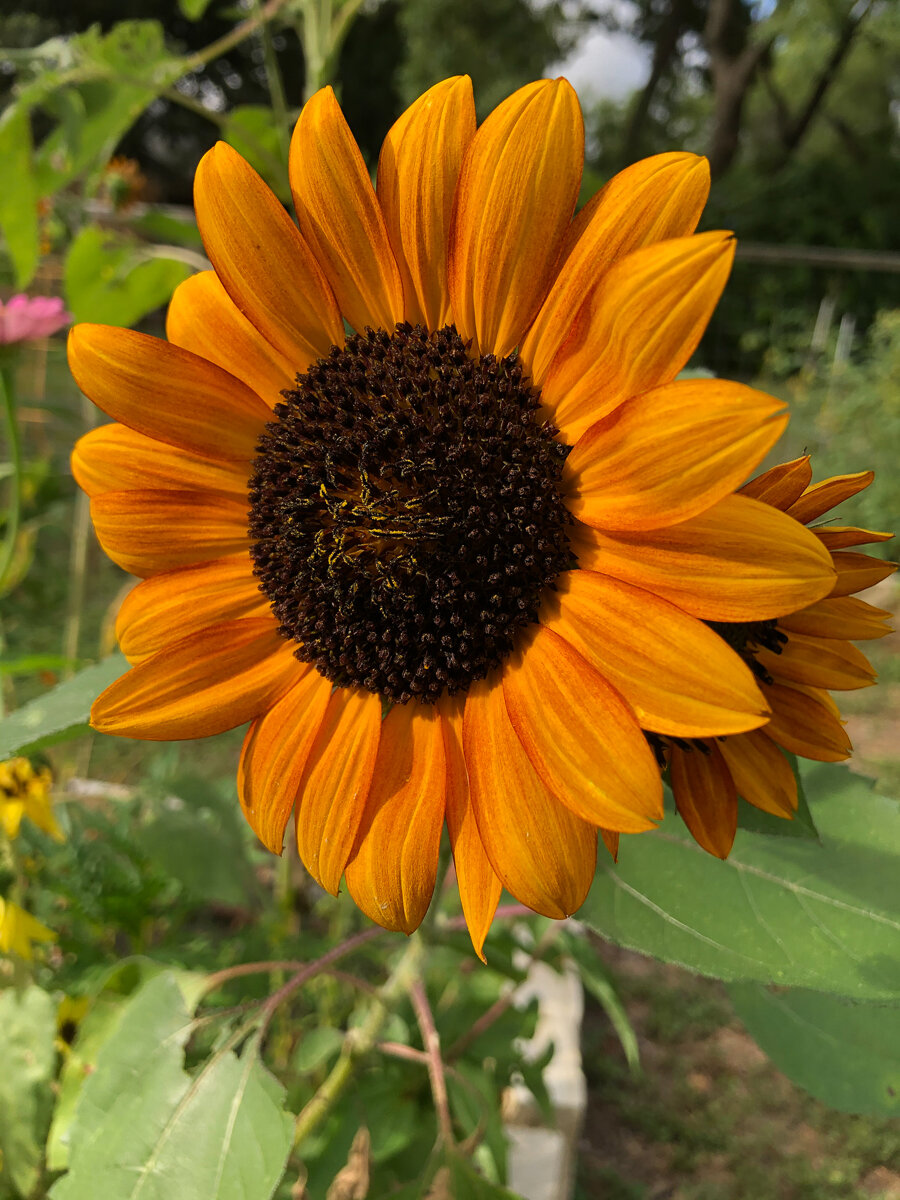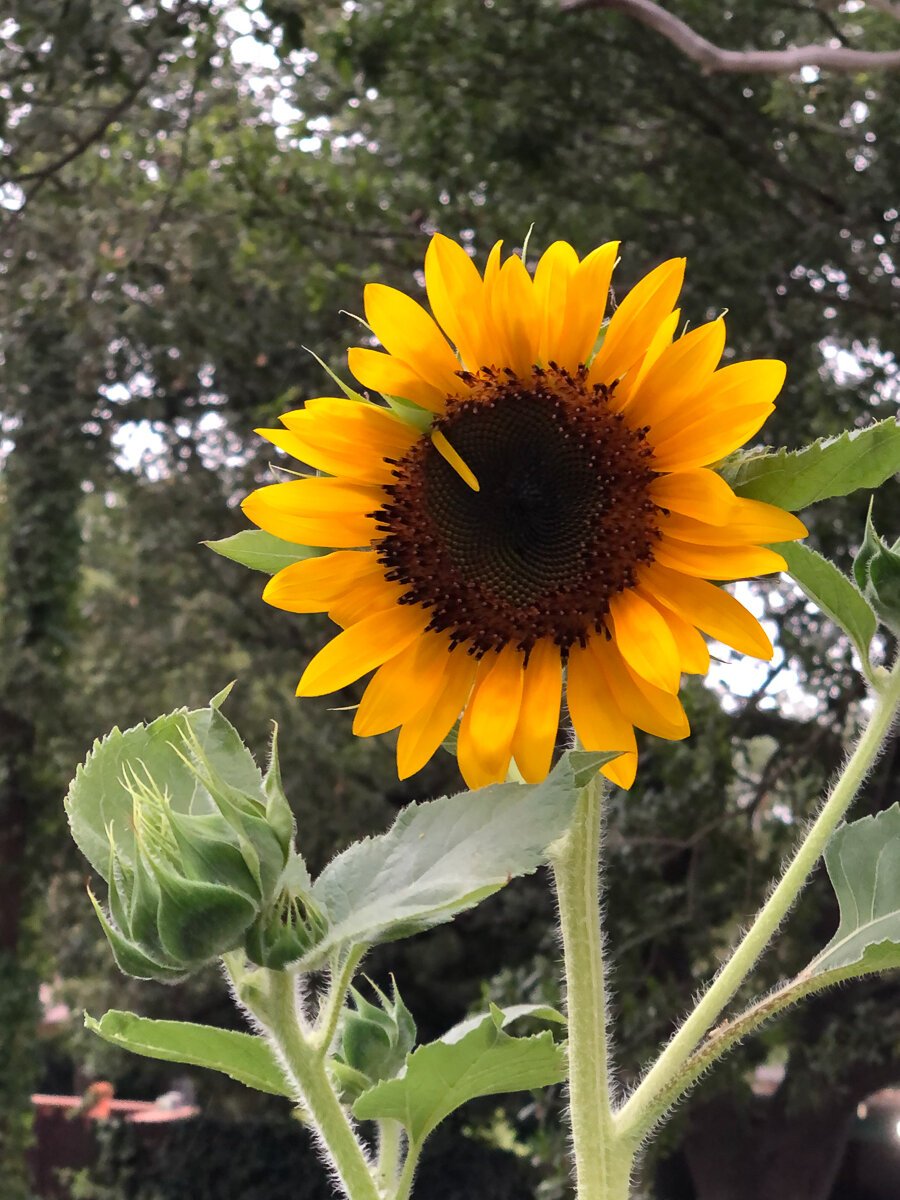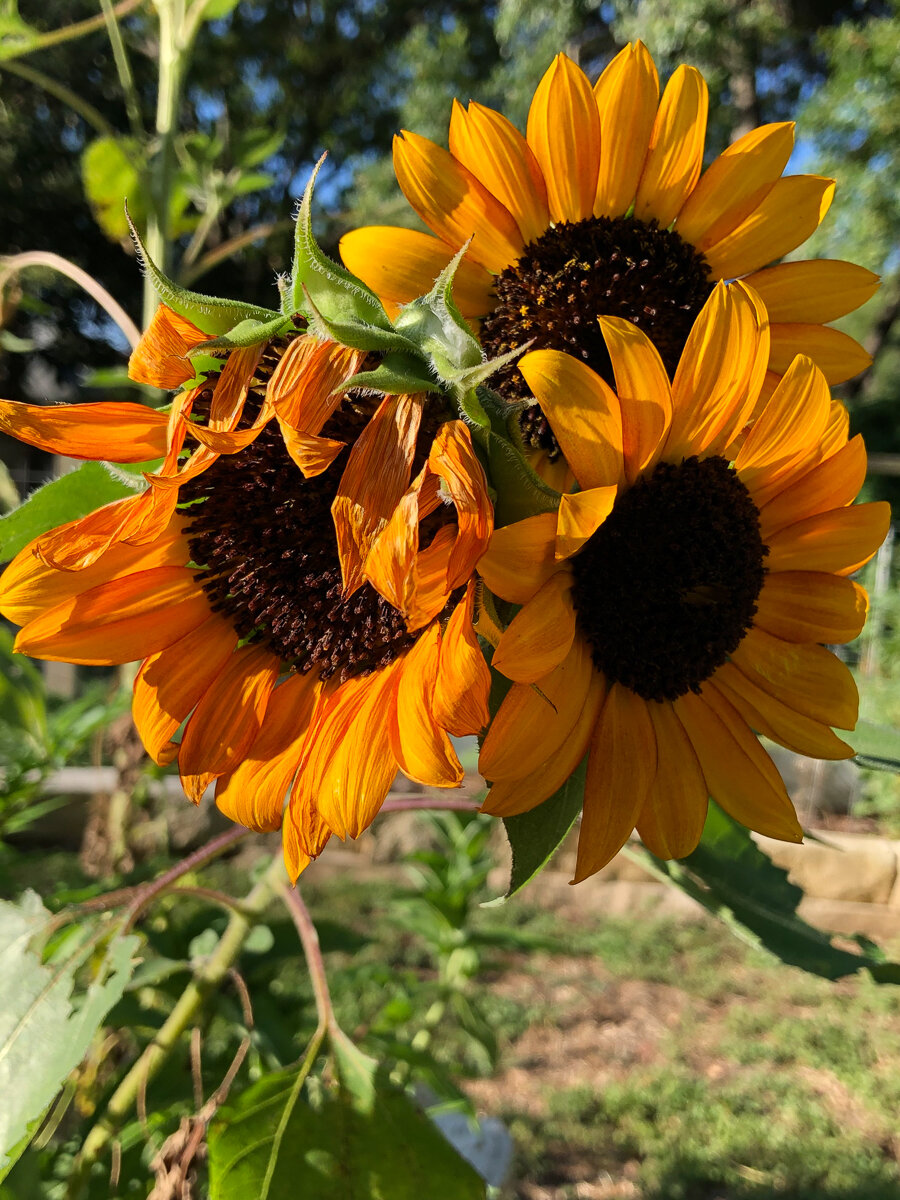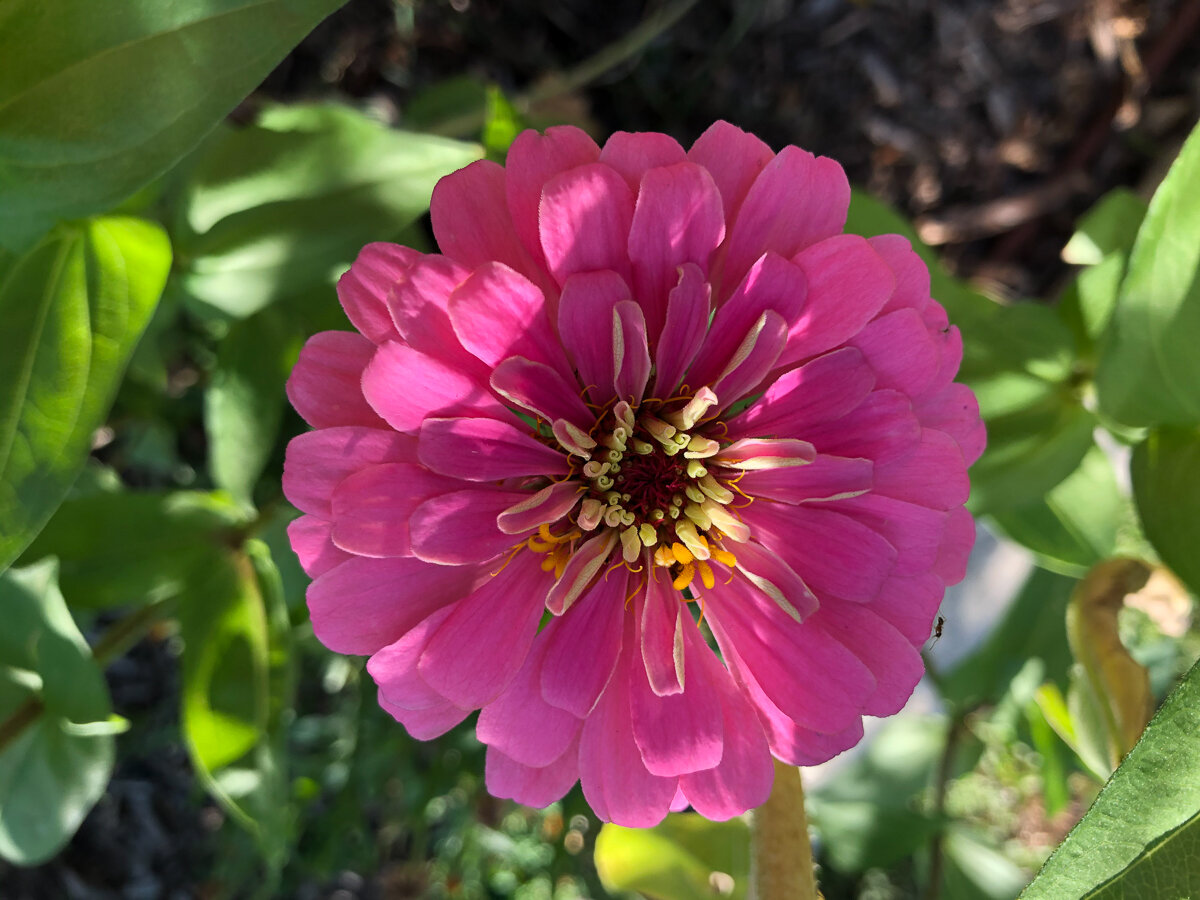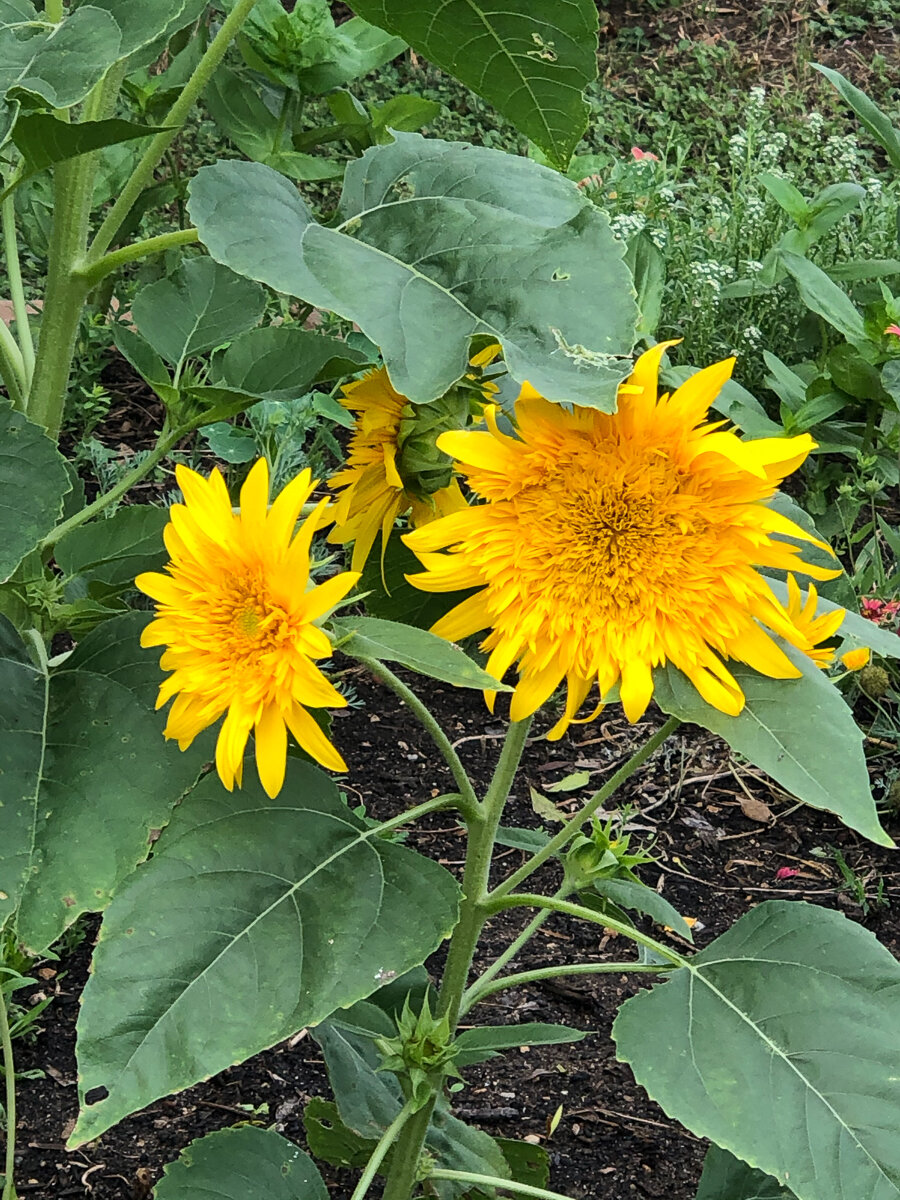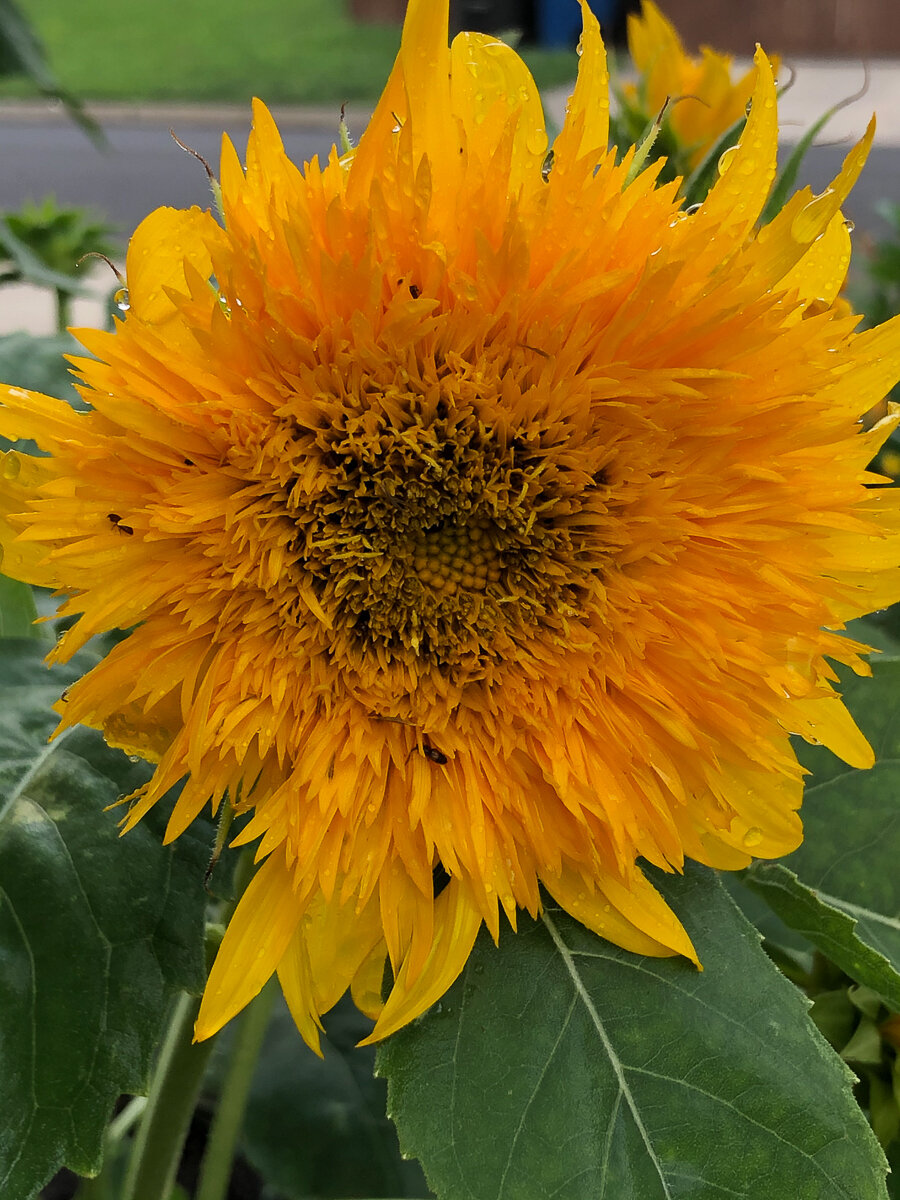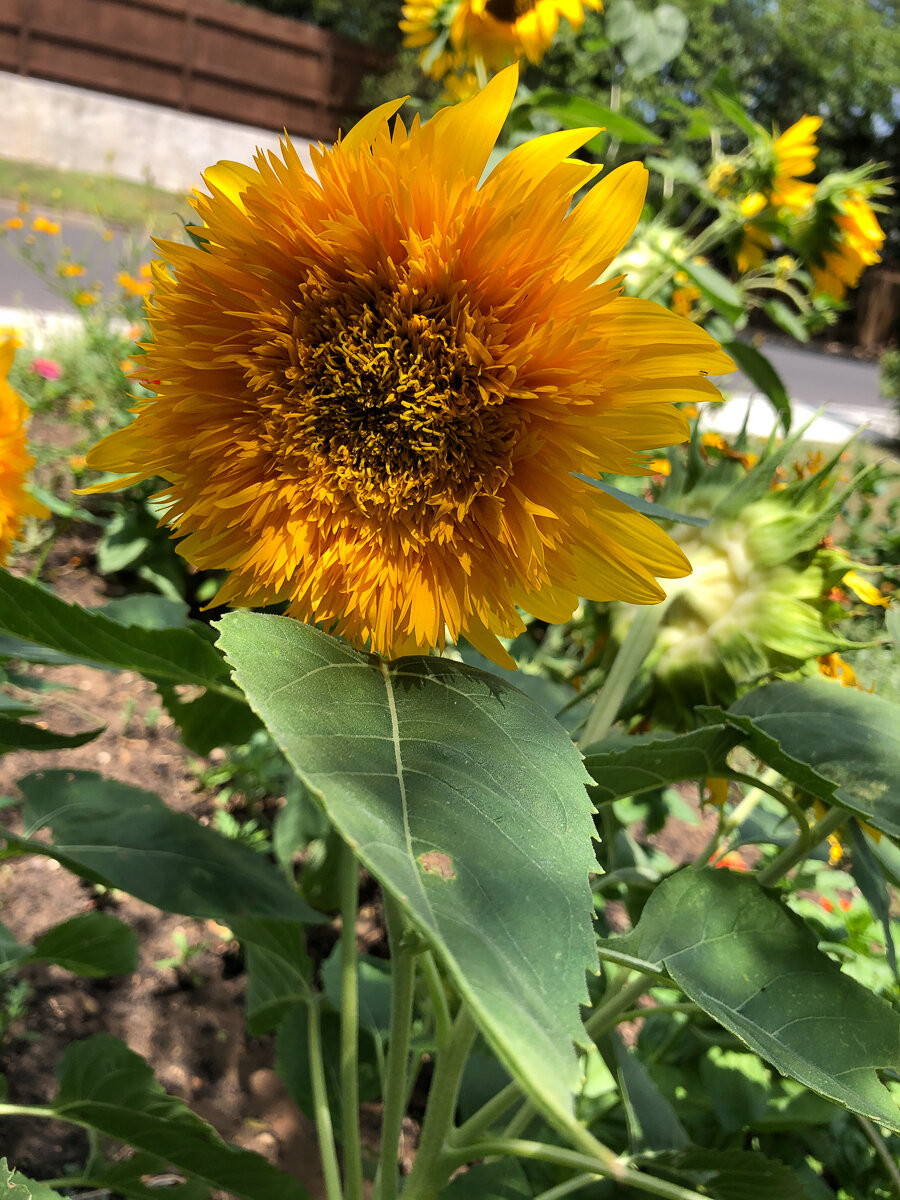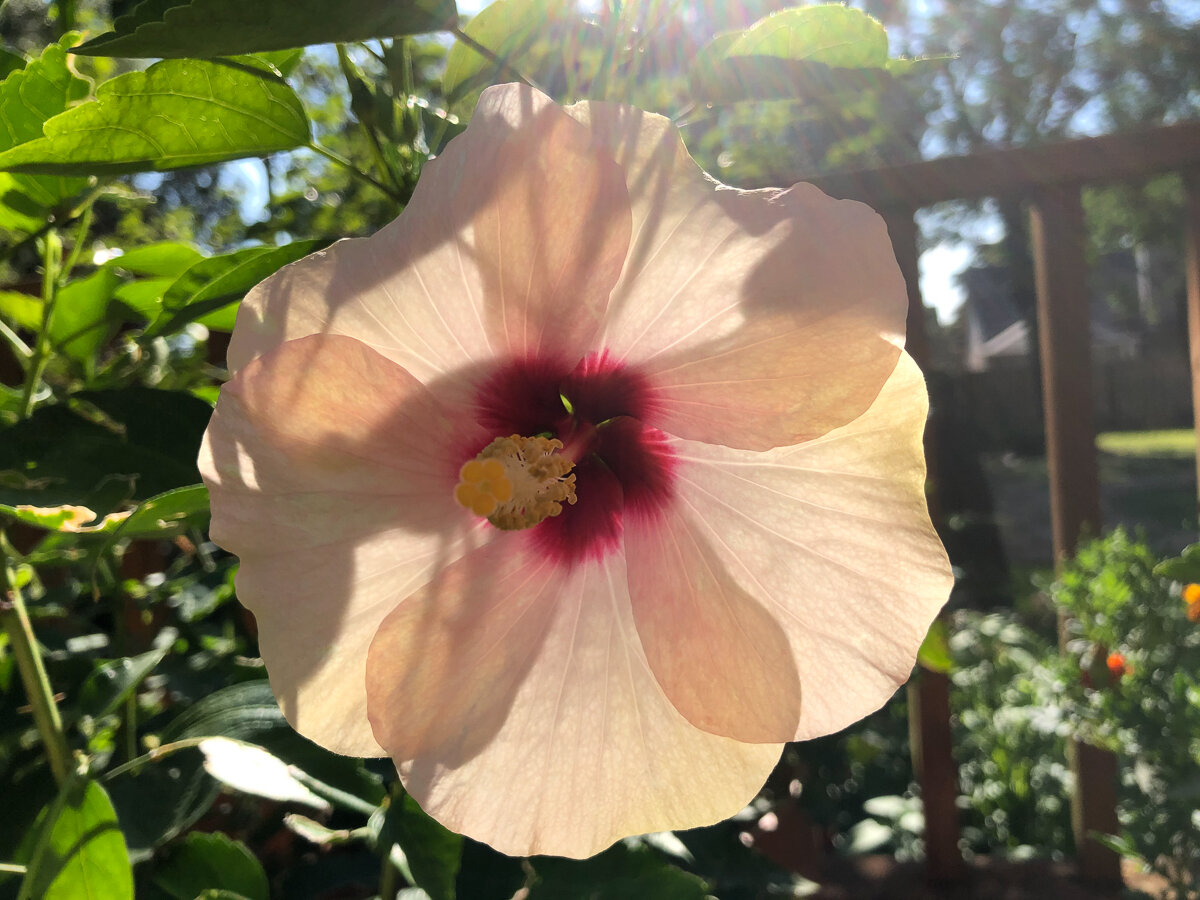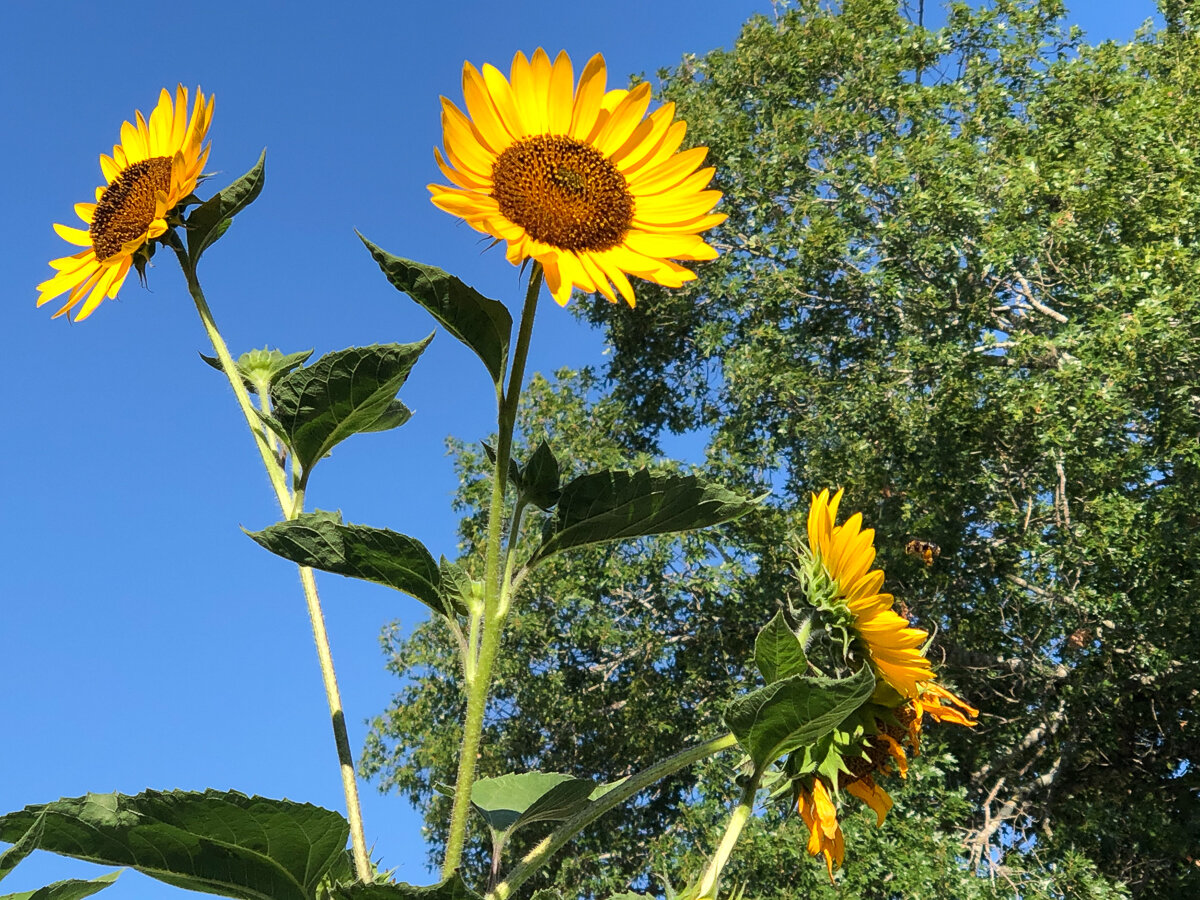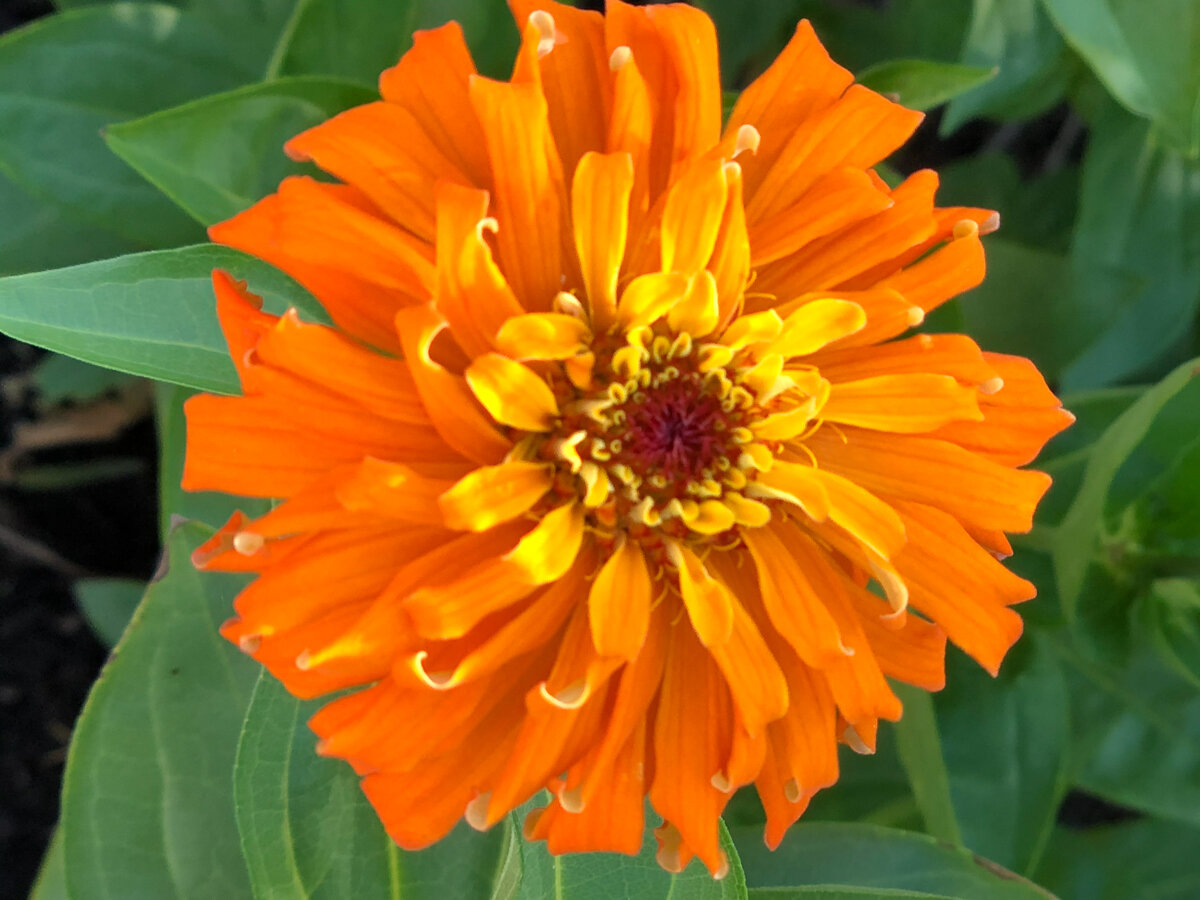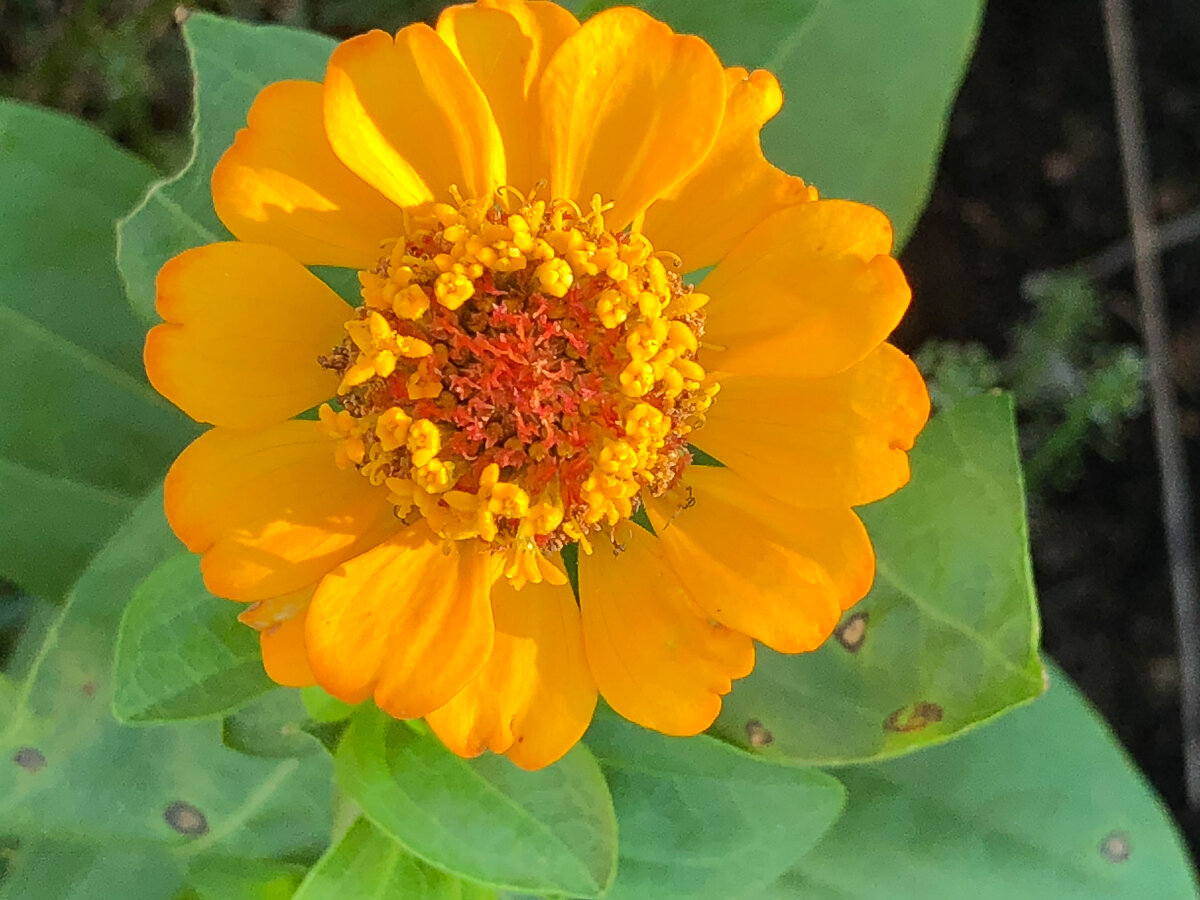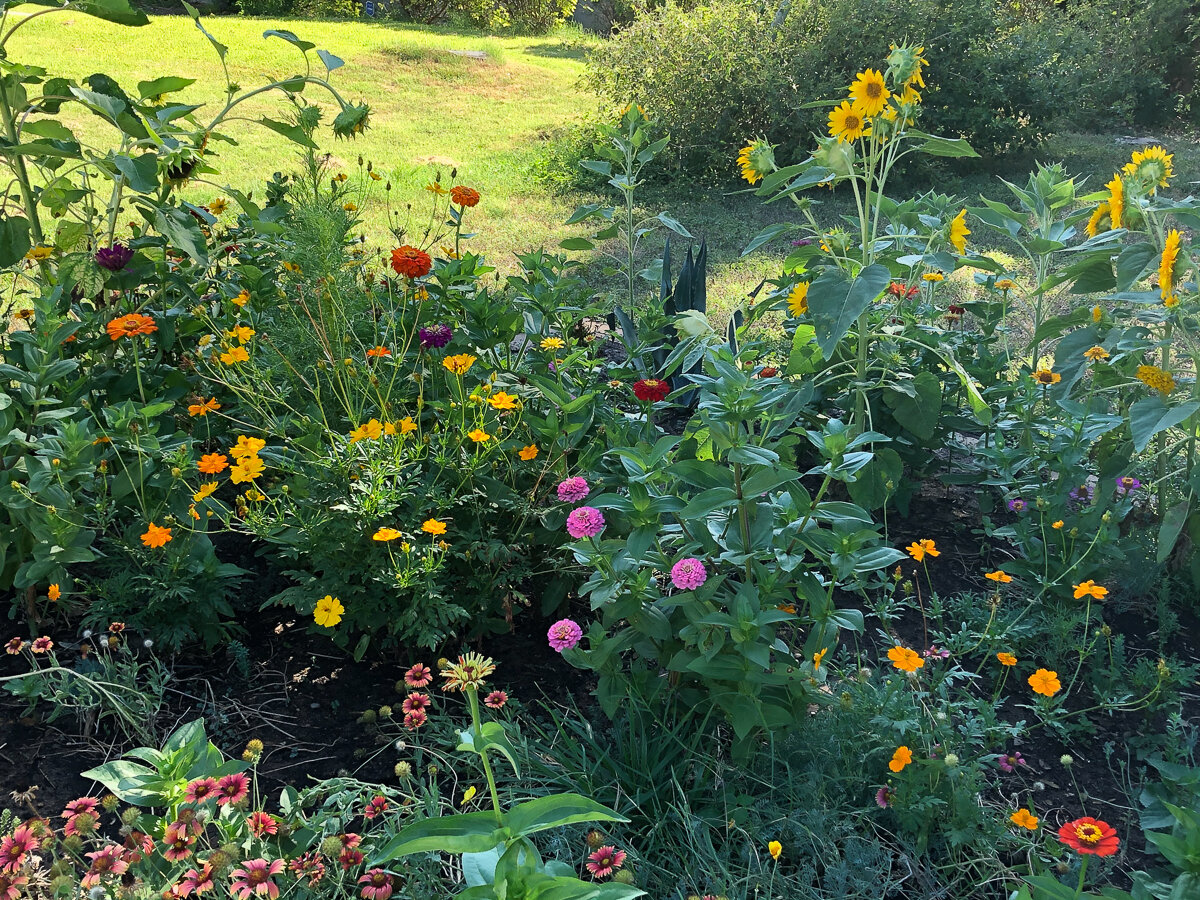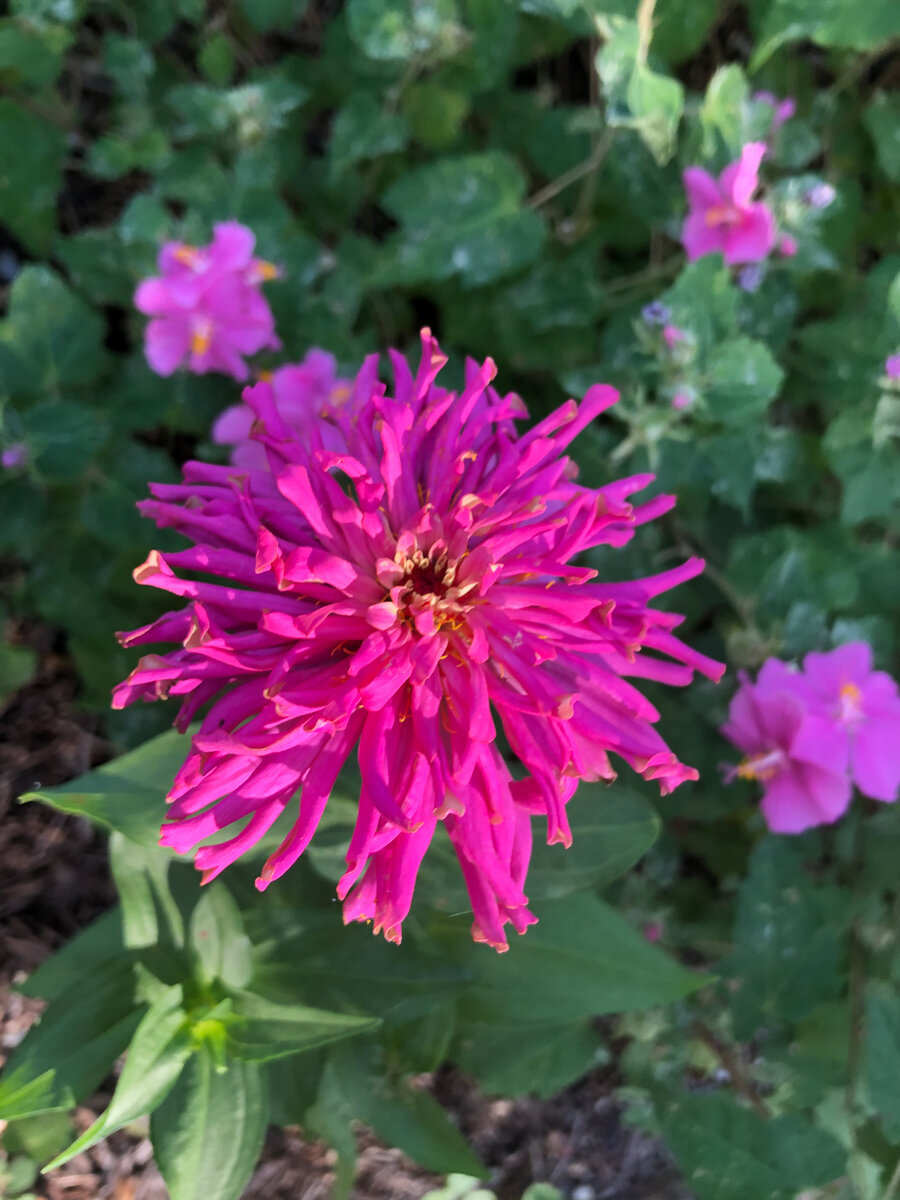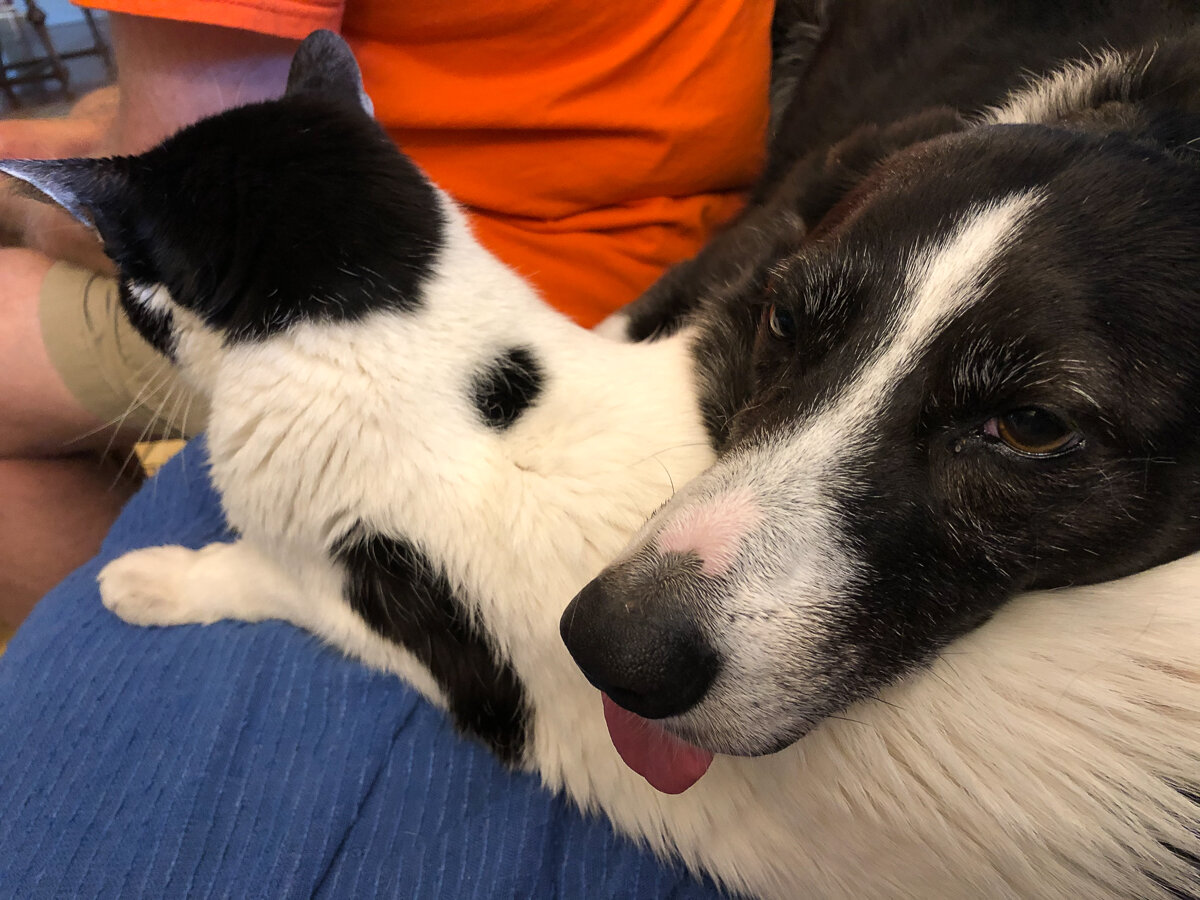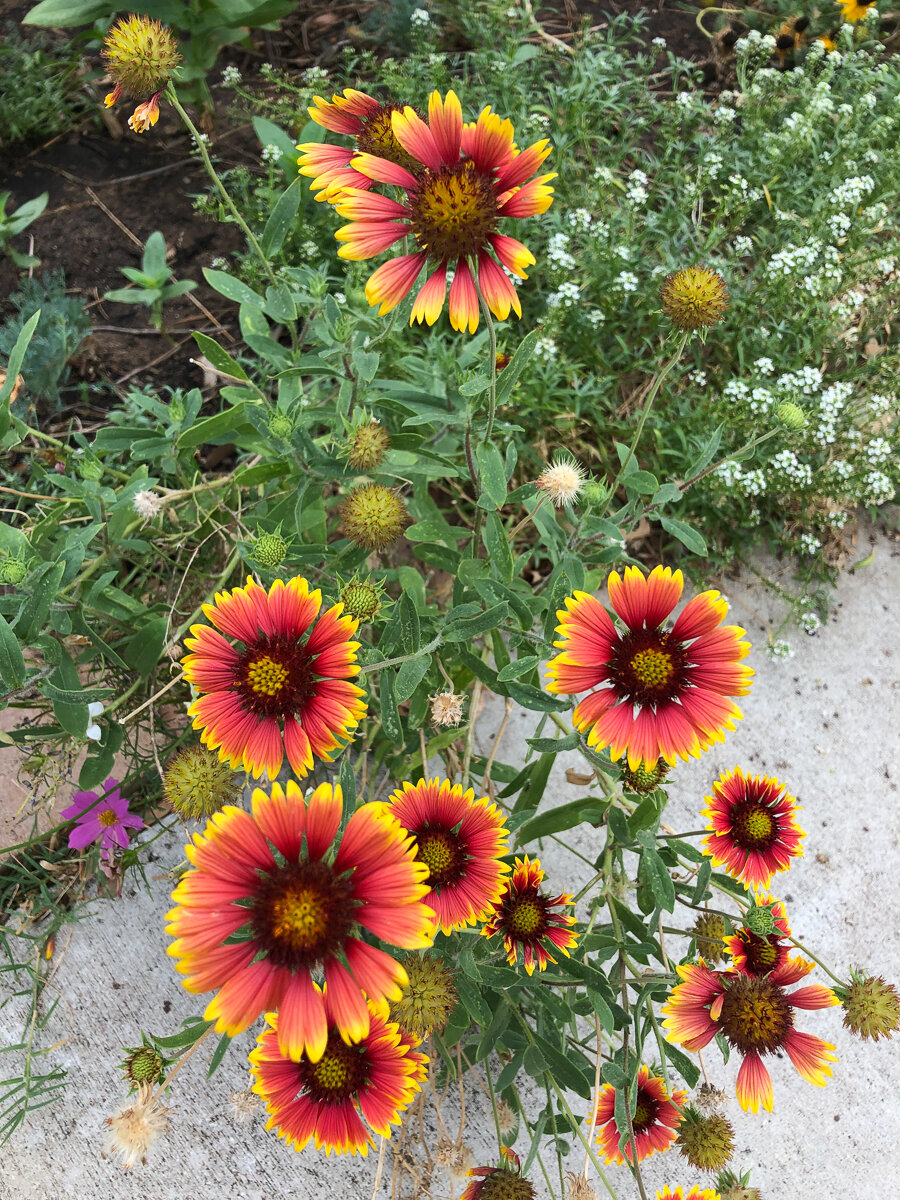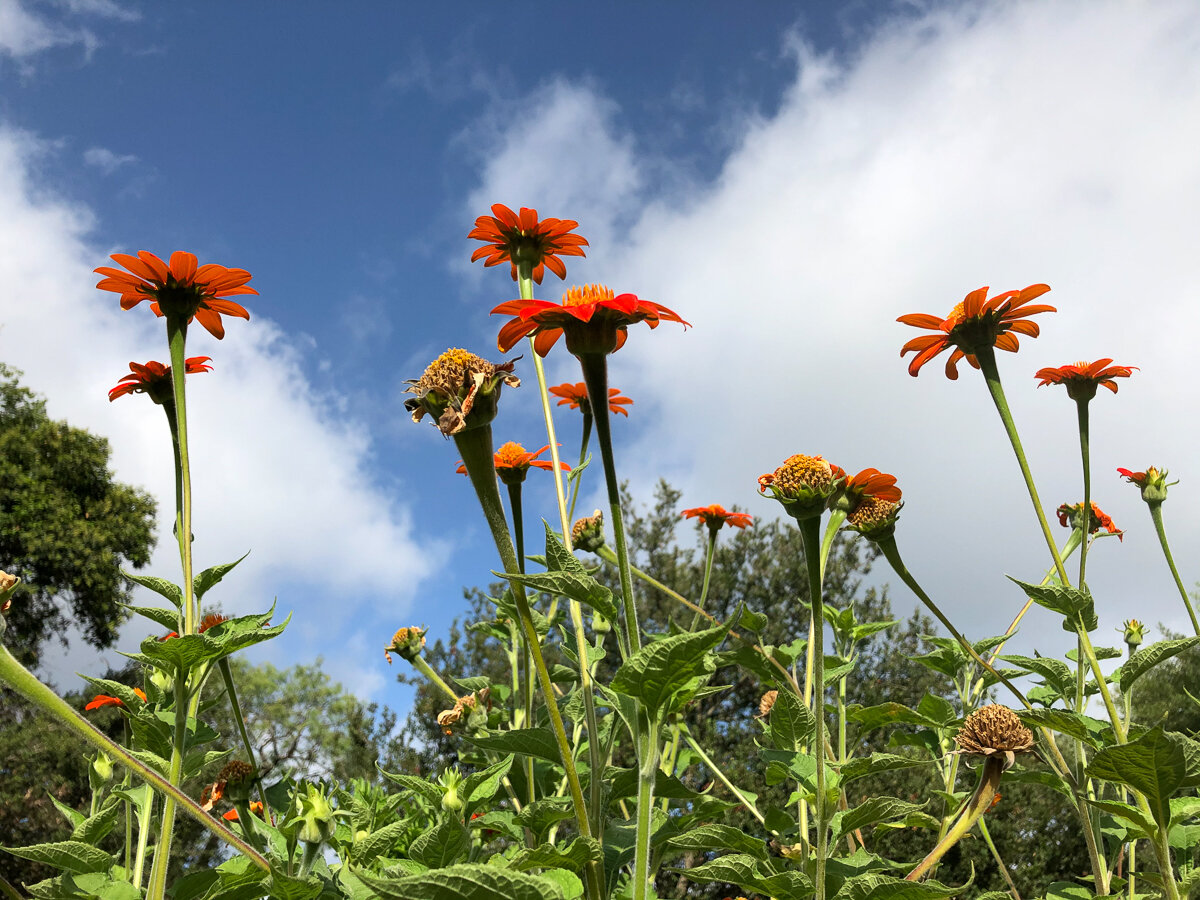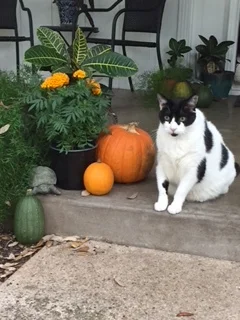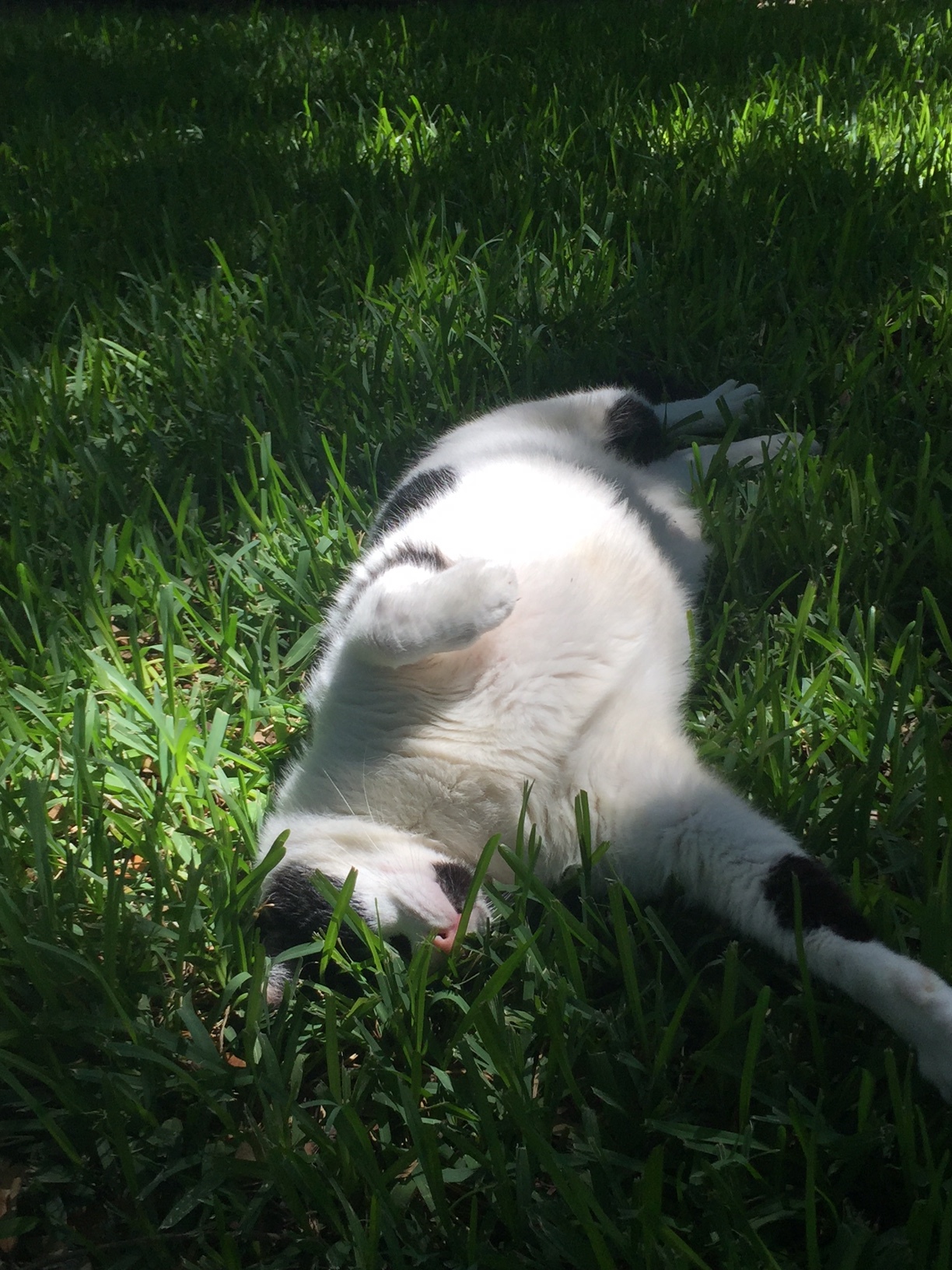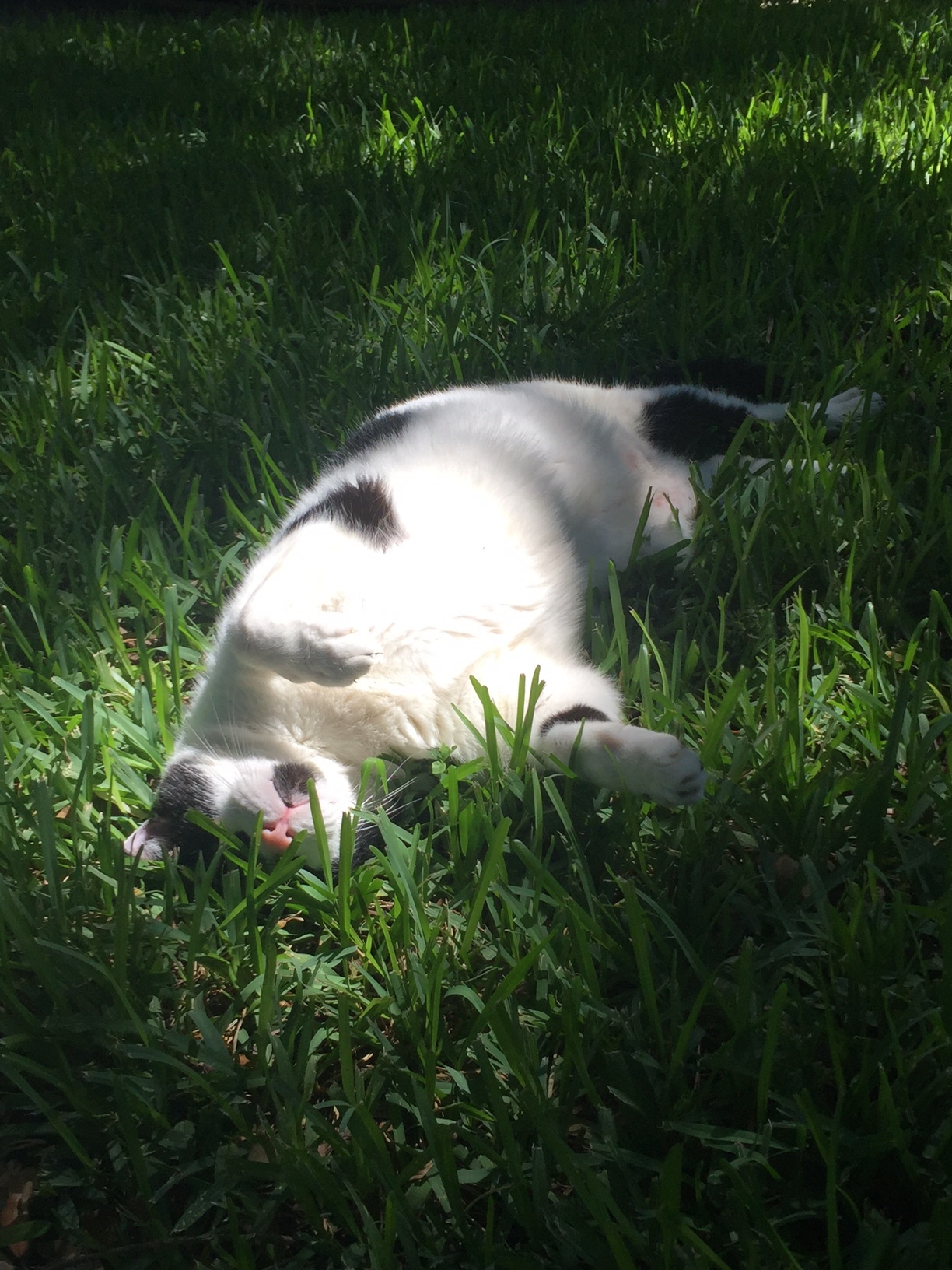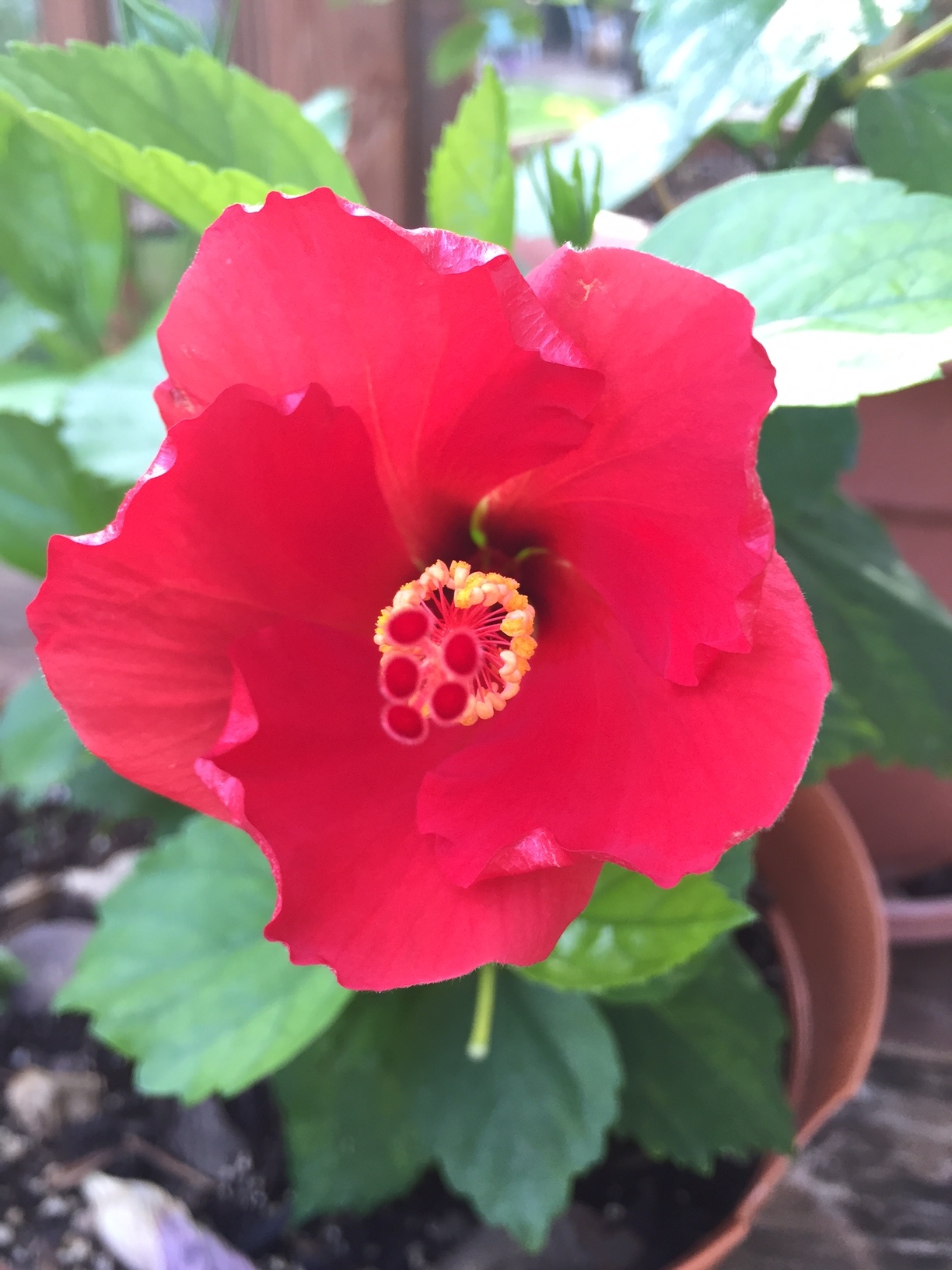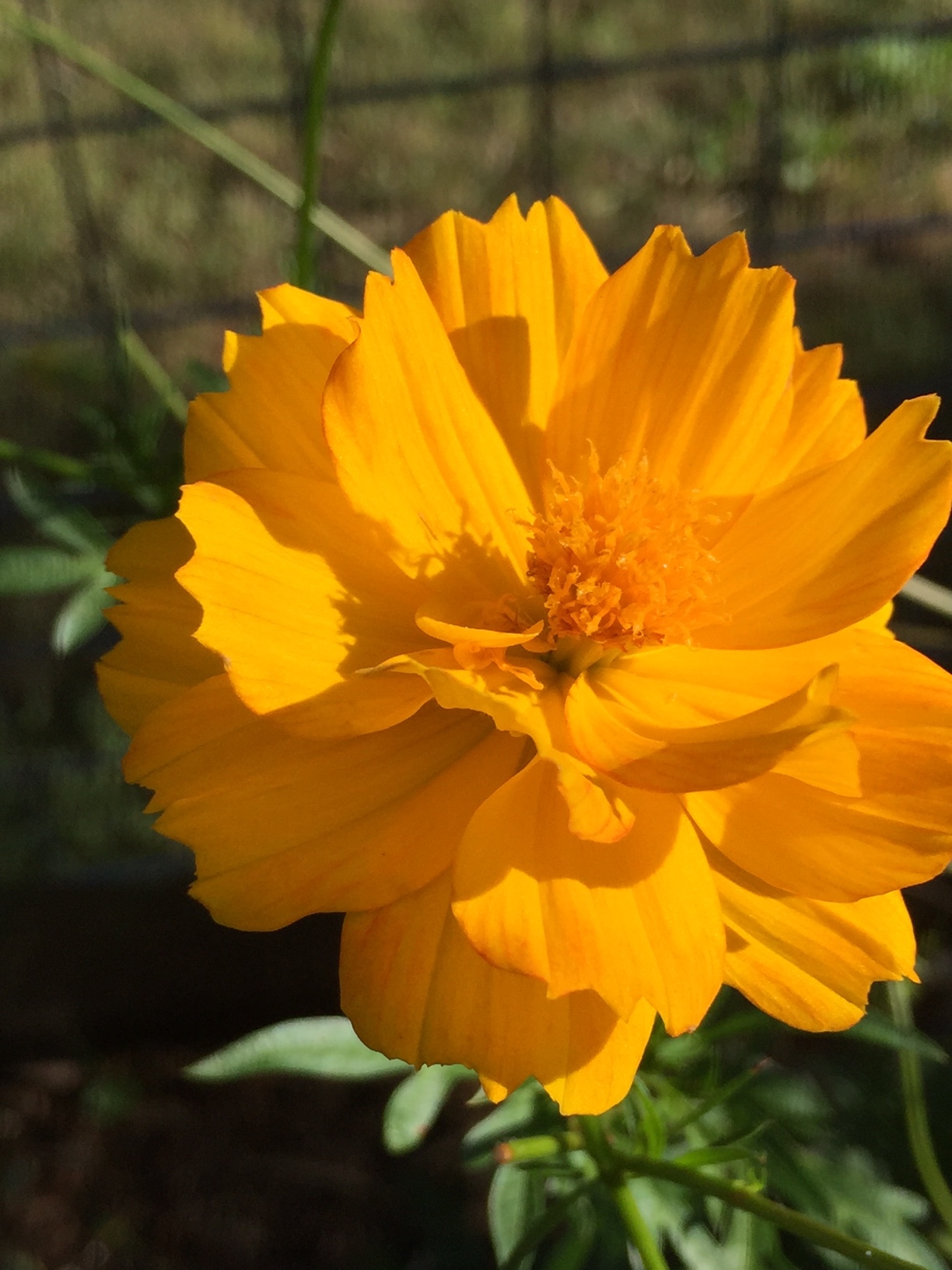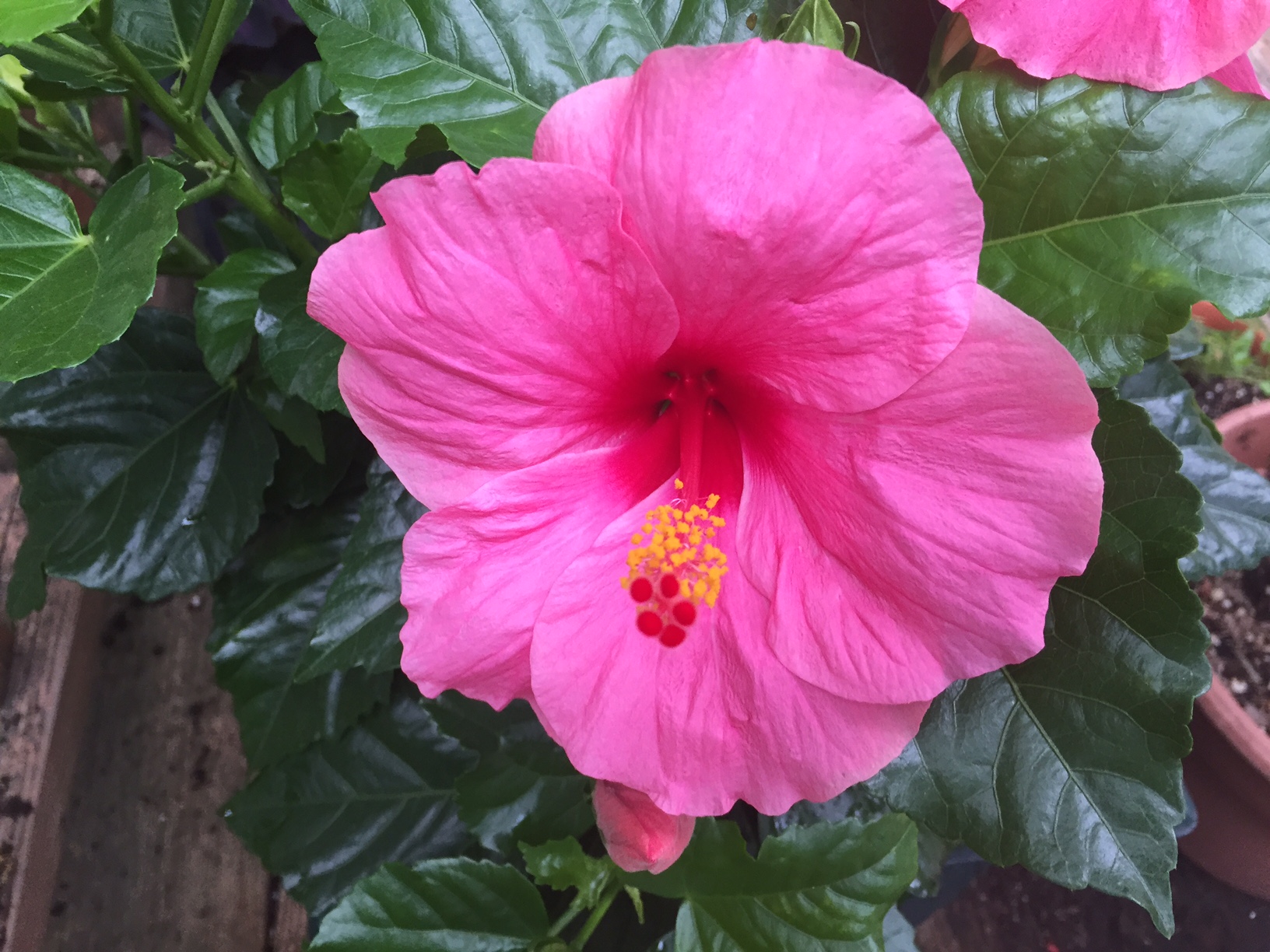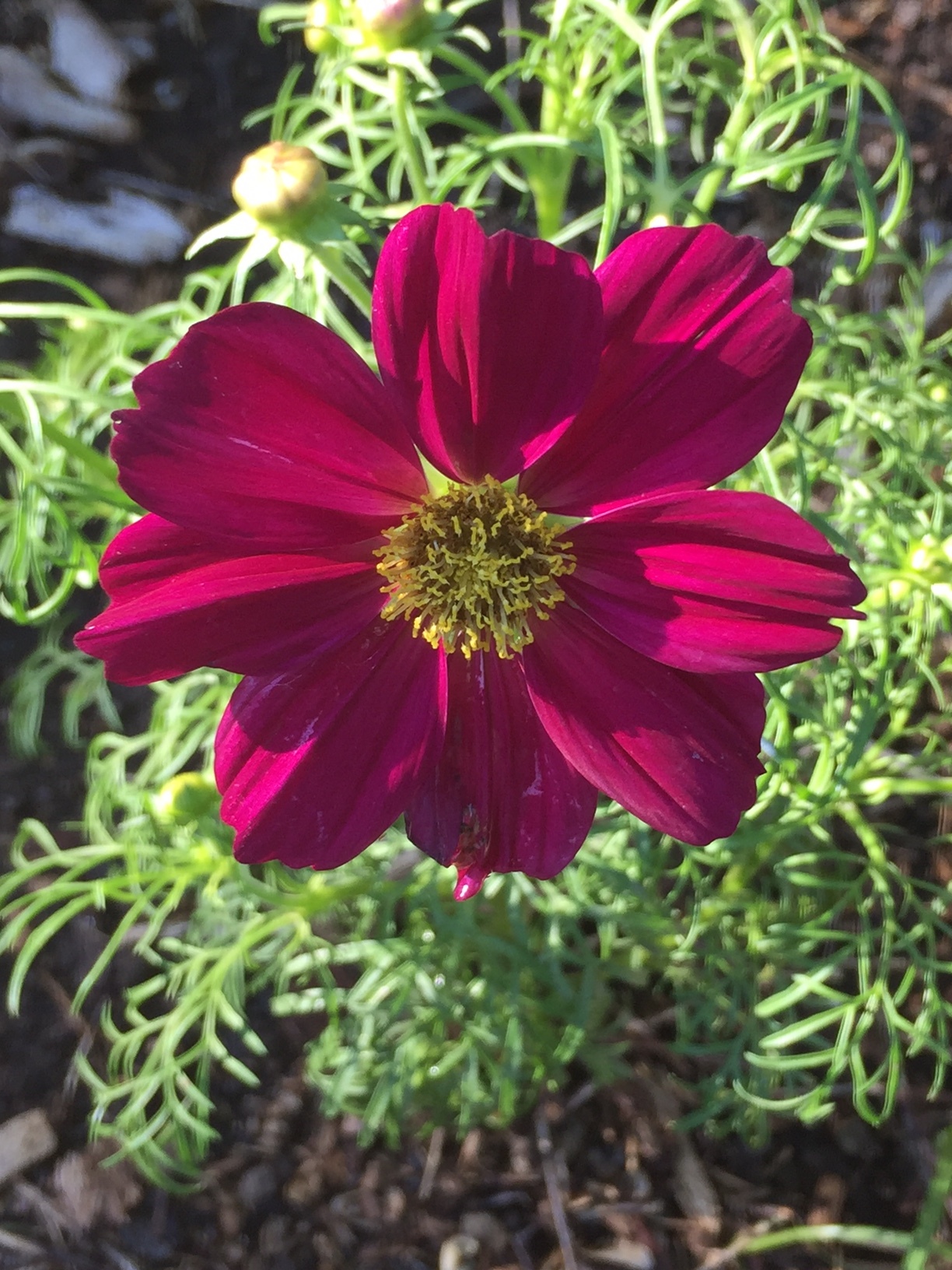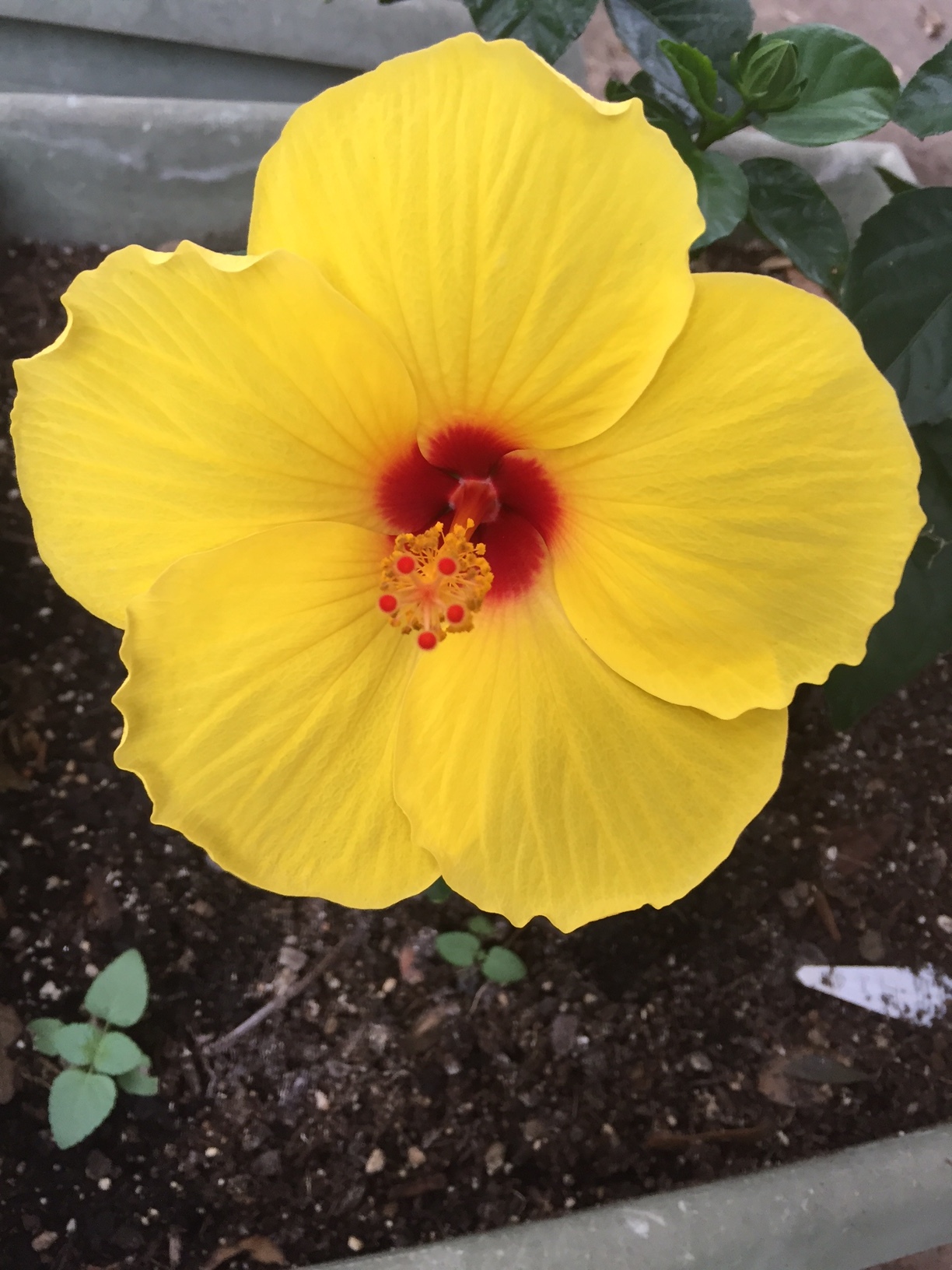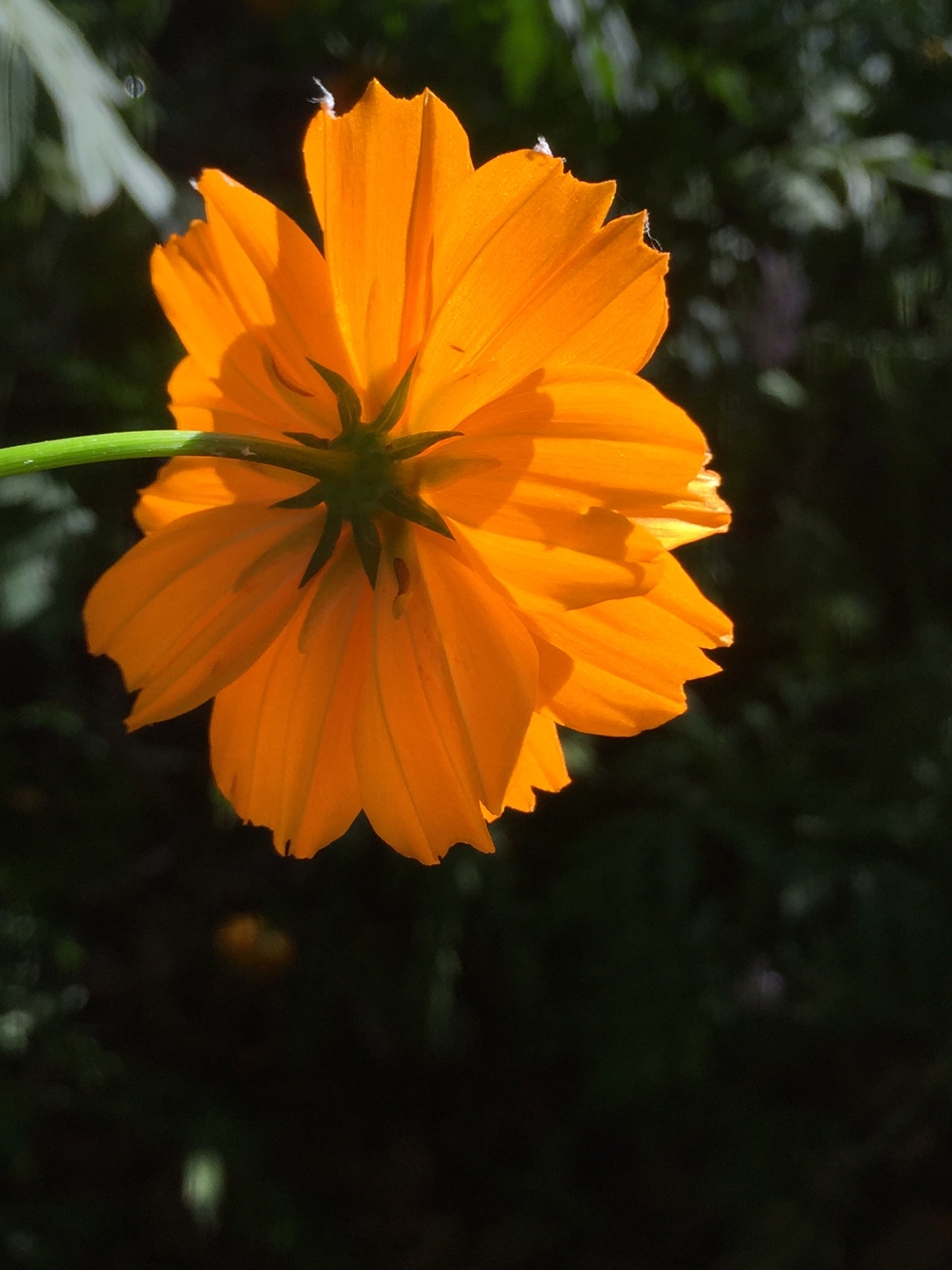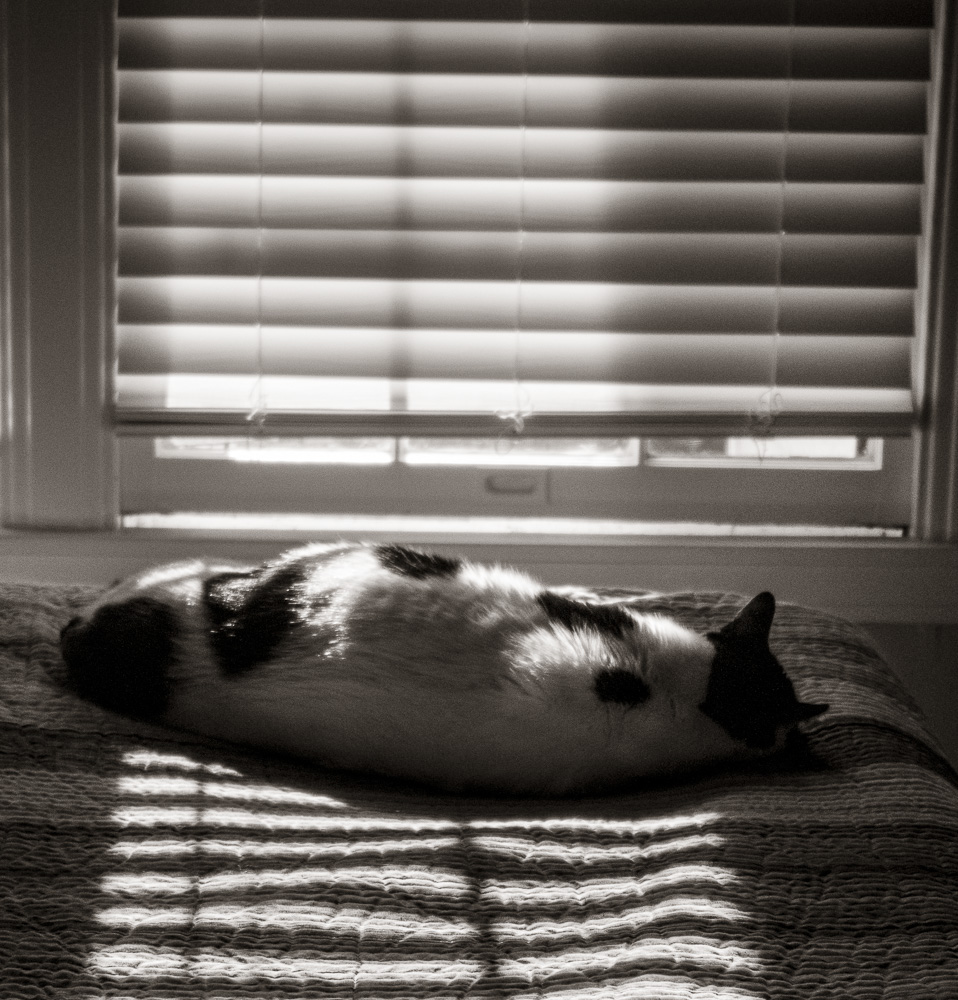AT THE FOOT OF THE CROSS
Good Friday, March 30, 2018
St. Mark’s Episcopal Church, San Antonio, Texas
Here we are, gathered together at the foot of the Cross, gathered as one branch of the whole human family. Throughout the world, this day Christians gaze at this Jesus who has been pierced. And we allow him to gaze back at us with love, with mercy, with gentle compassion, even as he dies. A deep silence begins to fall, a silence that will hold until Easter dawn.
This year, our Holy Week began with two different feasts happening to fall on the same day: Palm Sunday, when we remember Jesus’ triumphal entry into Jerusalem, and the Feast of the Annunciation, which always falls on March 25, nine months before Christmas day. On Sunday, we were standing in a peculiar tension that tells us the truth in love. The gospel for Annunciation offers us the angel Gabriel saying to Mary, Jesus’ mother, “Do not be afraid, Mary, for you have found favor with God. And now, you will conceive in your womb and bear a son, and you will name him Jesus.” (Luke 1:30) The Passion Gospel we heard on Palm Sunday morning, and again just now, led us through the passages of betrayal, abandonment, trial and crucifixion. Both feasts are true. Both give us guidance and hope, particularly as we gaze upon the cross.
On the one hand, we recall that Annunciation moment of eternal glad tidings. On the other, the Palm Sunday liturgy carried us into the dusty streets of Jerusalem, following Jesus on a donkey, shouting hosanna, leading us to today, Good Friday.
What’s to be afraid of? What would cause us to tremble? Did not the angels sing “Glory be to God on high, and peace to his people on earth?” Did not the shepherds come to kneel and adore that tiny baby?
Yet here we are. At the foot of the cross, beholding Jesus crucified. Who could have foreseen, at the moment of the Annunciation, that we would end up moving from Bethlehem to this site of execution? Who could have guessed that what began with stars shining in the black velvet winter sky would lead to three crosses silhouetted against the hills?
Today we are in the company of John and Mary and Mary Magdalene and Mary the wife of Clopas. With them, we watch and wait as Jesus dies.
And we hear, if we are still, if we wait: Do not be afraid. We receive the gift of Jesus making all of us family in his life and in his love. He gives John and his mother Mary to each other. He gives his life that we may be knit together in one human family. He chooses this journey to Jerusalem that we might awaken from our sleep and remember that real love, true mercy, is always willing to offer life for others.
Today, we behold this physical death on a cross. Father Curtis Almquist, a monk in the Episcopal order of the Society of Saint John the Evangelist, has remarked that Jesus died many deaths before this day. He experienced those diminishments that are always a part of life. He was misunderstood. He discovered that his family did not always support his vision. He found himself summarily ushered out of places that would not receive his life giving words and actions. He was haunted and hunted by the actions of pompous and vicious politicians and religious authorities. And perhaps worst of all, at the end, he dies those deaths of watching his disciples fade away, of knowing that Peter will betray him, of wondering if anything he offered will bear fruit.
As we gaze on the cross this day, we remember that the baby in the manger does indeed grow up, does live a life whose very existence is a direct challenge to powers and principalities. Jesus knew the heartache and deep distress of the deaths within life. He endured grief, and he lived with pain. This death on a cross is strangely congruent with Jesus’ choosing to walk the life of living the truth in love. He would not be king. He would not be the magician who fixes everything. He is vulnerable. He is real. He does indeed die.
When God takes on our human life in Jesus, God lives that life from the inside out, from conception to birth to babyhood to adolescence to adulthood, and yes, to death. Once that baby is conceived, death is eventually going to follow. That’s the way of mortal life.
How strange this journey of faith is. So full of juxtapositions that are the dream of the God who loves us and gives us life. So full of paradoxes—two things that seem to not be true at the same time.
And yet. In a moment we will pray together: “We adore you O Christ and we bless you, because by your holy cross you have redeemed the world.”
This journey takes us from womb to tomb, and beyond. The gospels tell us in so many ways that we are ever accompanied by the God who breathes us into being and receives us at the end. The gospels challenge and shatter our puny notions of God’s ability to bring life out of death, and hope out of despair.
Irish theologian Padraig O’Tuama, who grew up in Belfast in Northern Ireland, and is well acquainted with political and religious violence, tells us that we need to be able, in the worst of circumstances, to say, “Hello to here.” Hello to what is right before us. Hello to the wrecked body of Jesus. Hello to the little band of four who behold his dying. Hello to the soldiers who cast lots, and who pierce his side. Hello to the awful sight of divine love dying.
To call this Friday good is to say hello to here.
The theologians of the early church beheld this cross and saw a new and different tree of life. One wrote, “The fruit of this tree is not death but life, not darkness, but light. This tree does not cast out of paradise, but opens the way for our return.”
Despite the appearances, we are on the edge of the realms of glory.
In Jesus, God is telling us: I am ever with you. There is no place where I am not. There is no horror in which my broken body is not present. There is no travail that I do not indwell. There is no estrangement, no alienation, no heartache that is beyond my love, my mercy, my compassion, my indwelling, my healing.
We sit with the cross. And we wait, allowing the angel’s strange and eternal, “Do not be afraid,” to speak unto our own sufferings, our own deaths. We exhale, and we breathe in a hope rooted and grounded in love. We allow our bodies to receive this gift: Jesus tells us in his dying that sacrificial love is the way of life.
Hello to here. Hello to our own lives, and to our fractious and violent times. Hello to the many ways in which the living Christ says to us, “This is my gift to you. My own peace I leave with you.”











